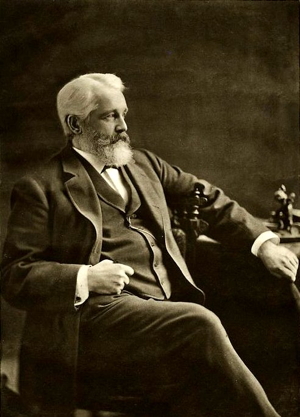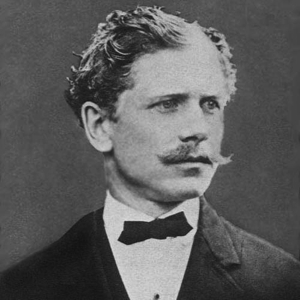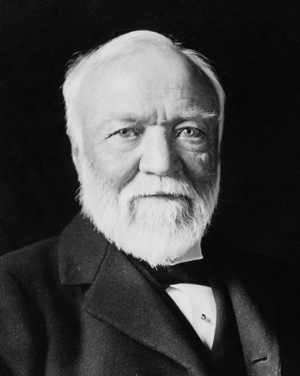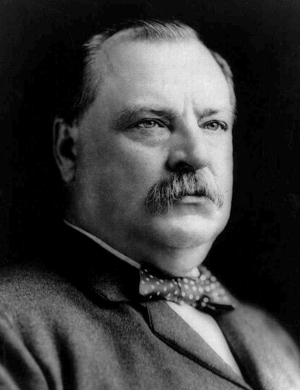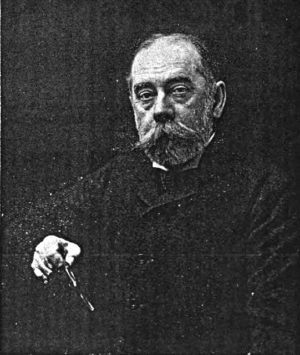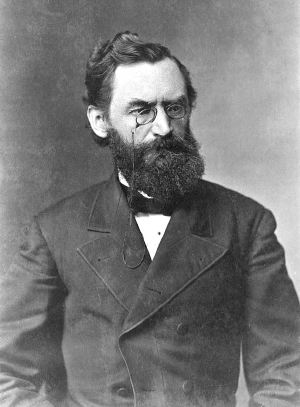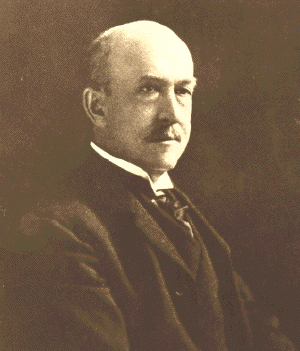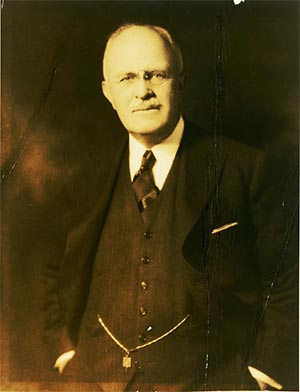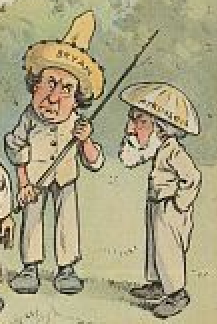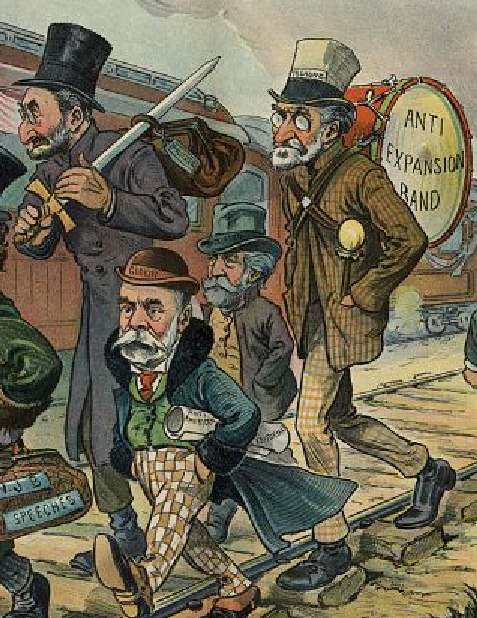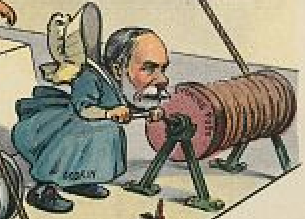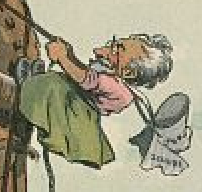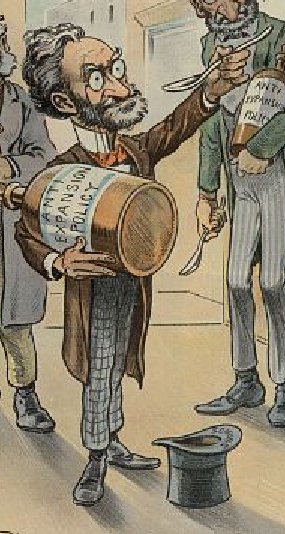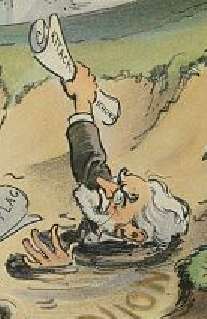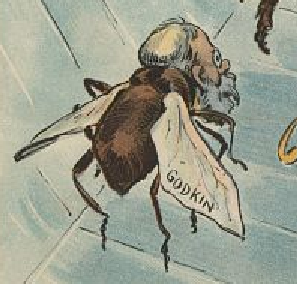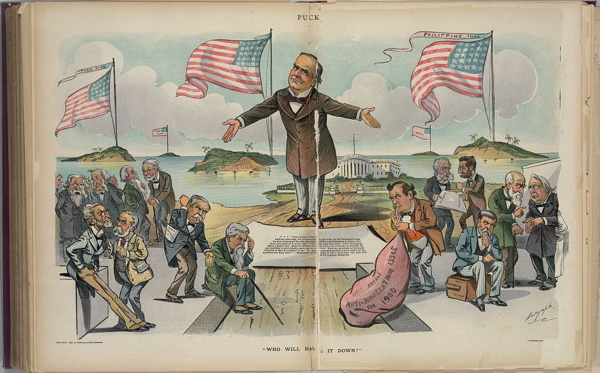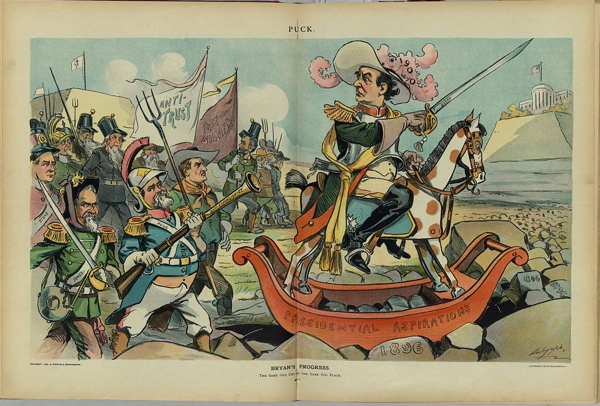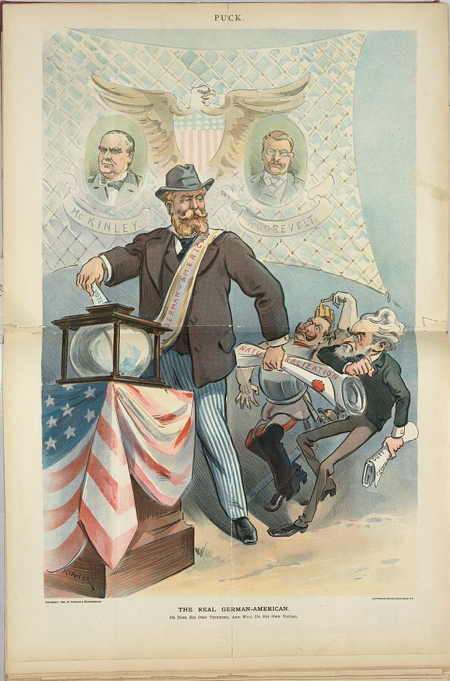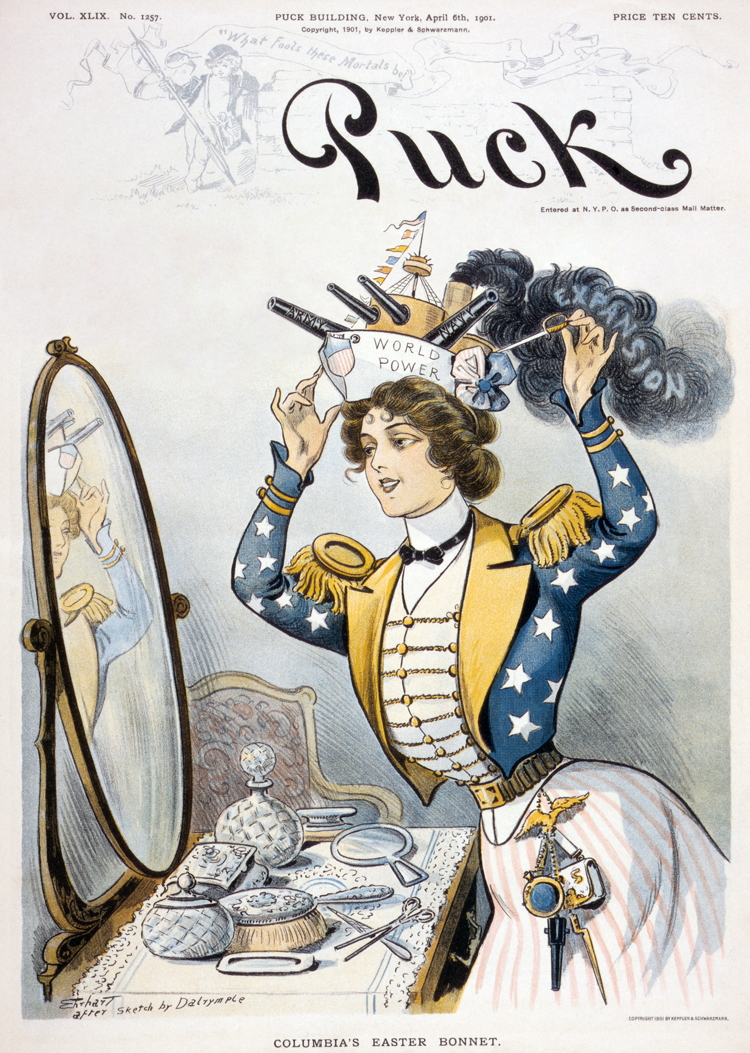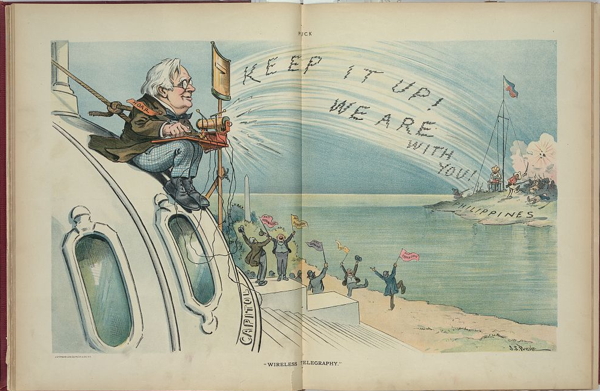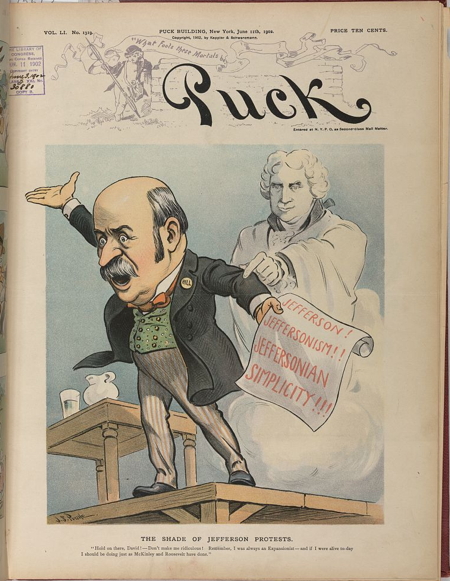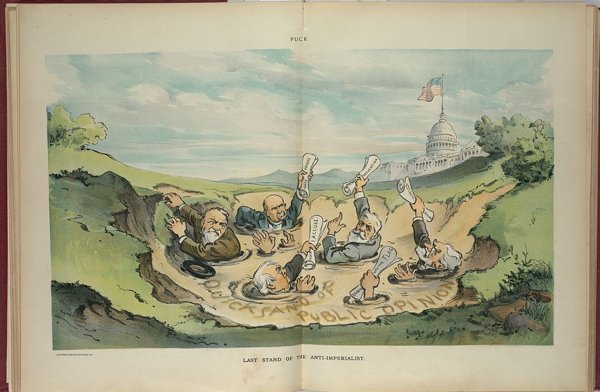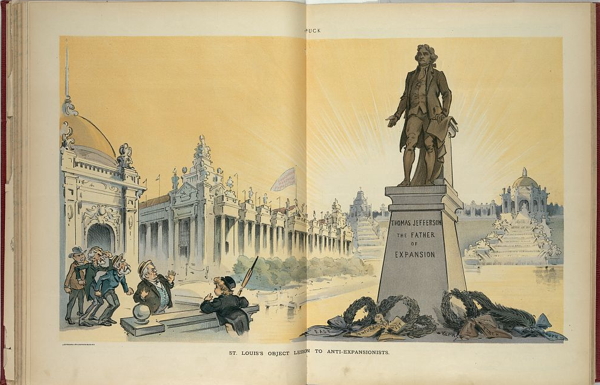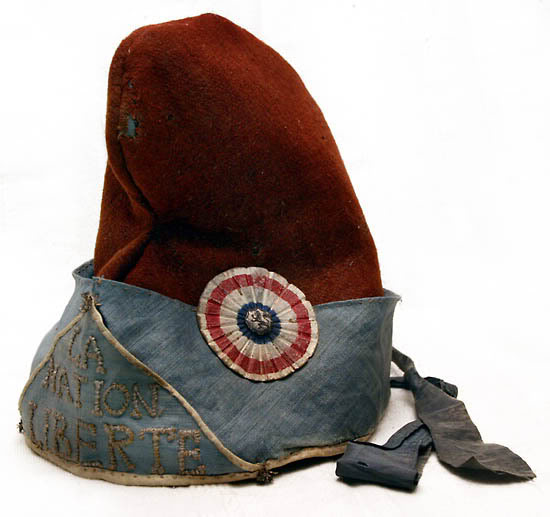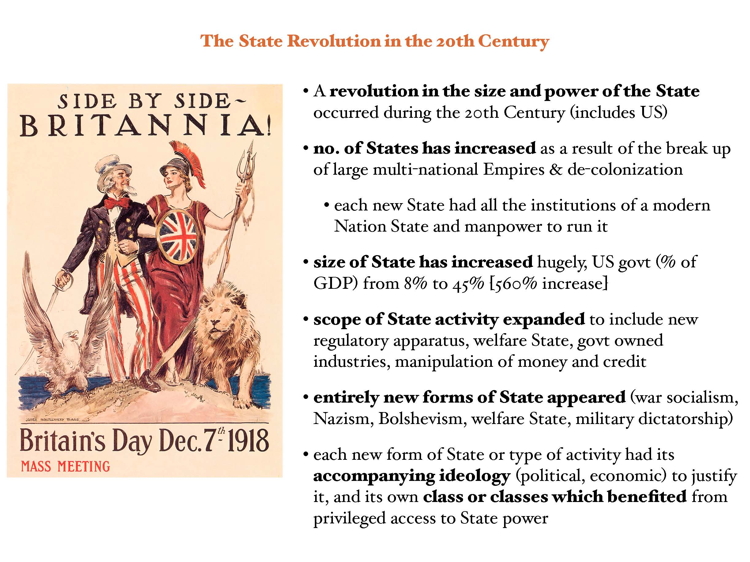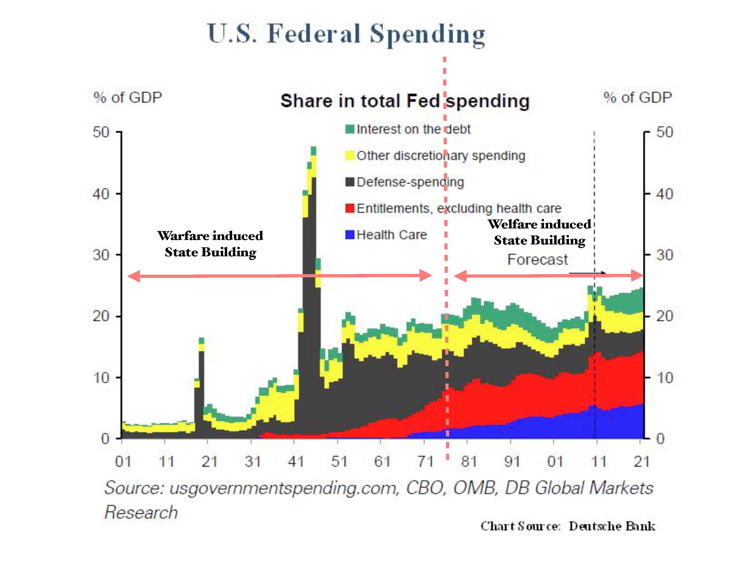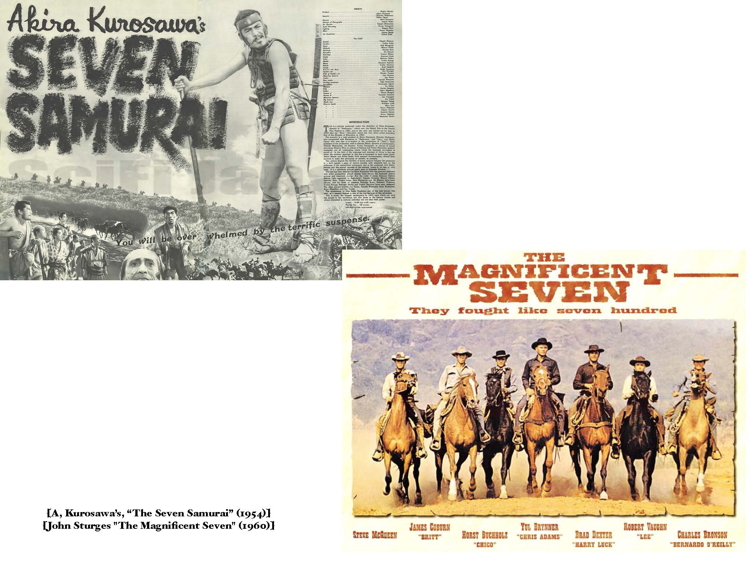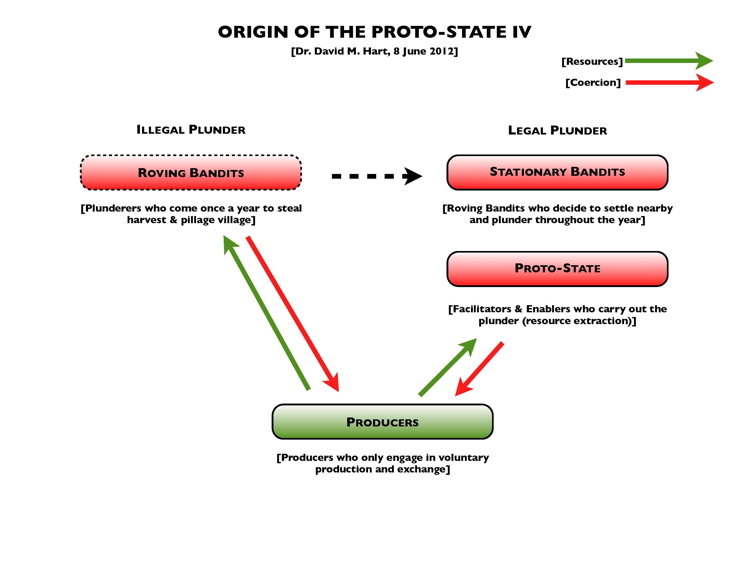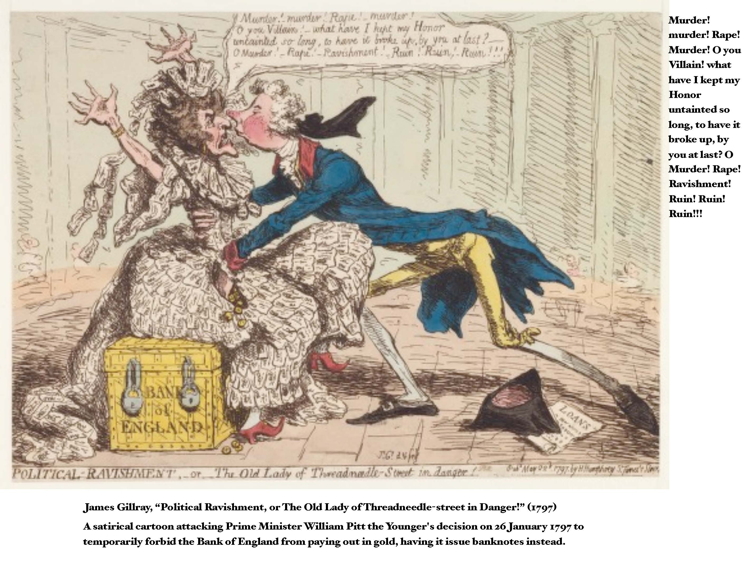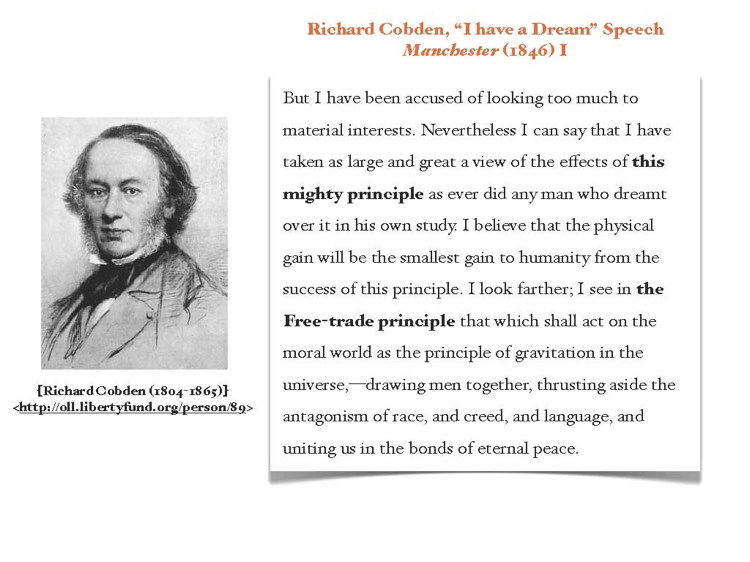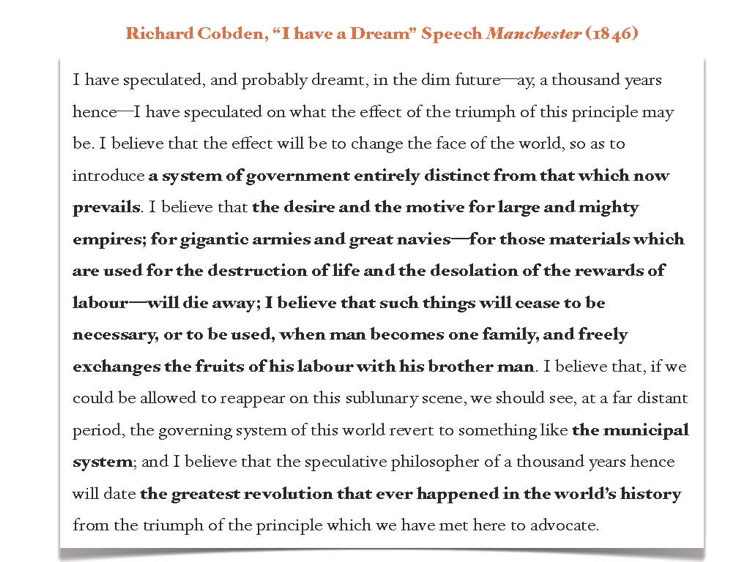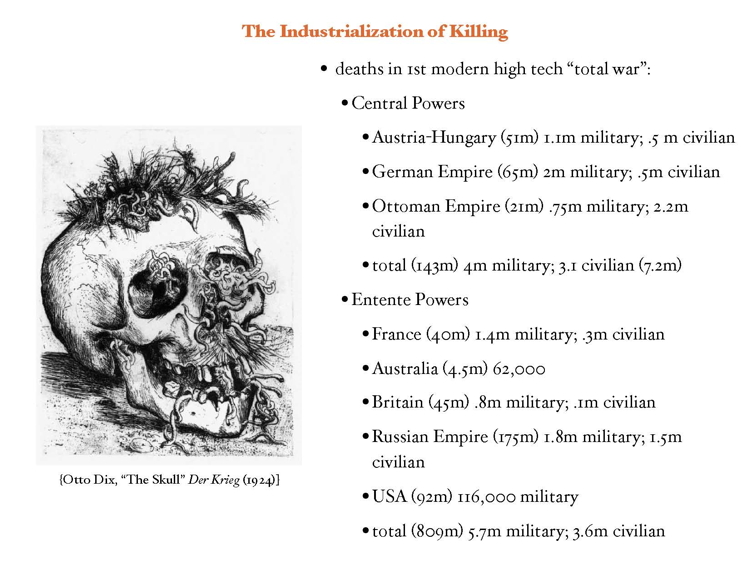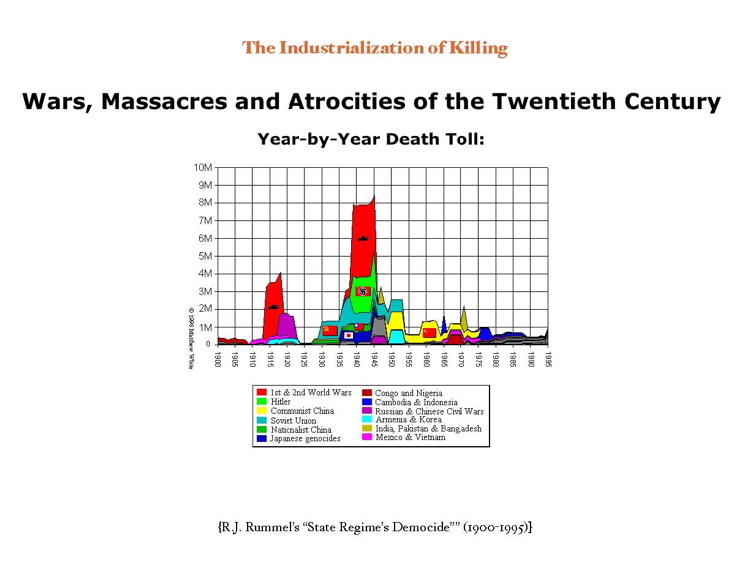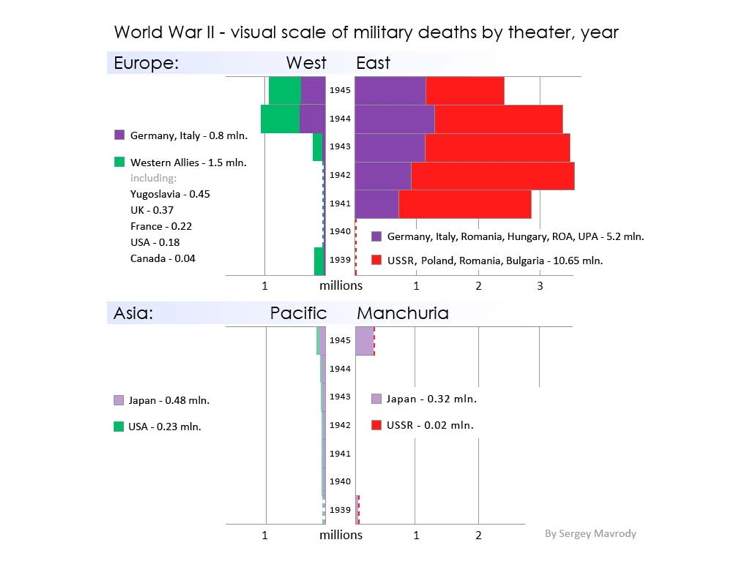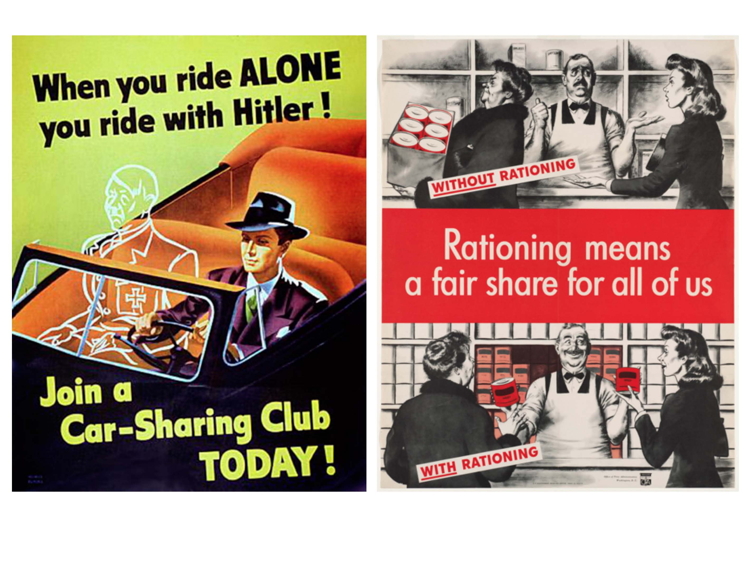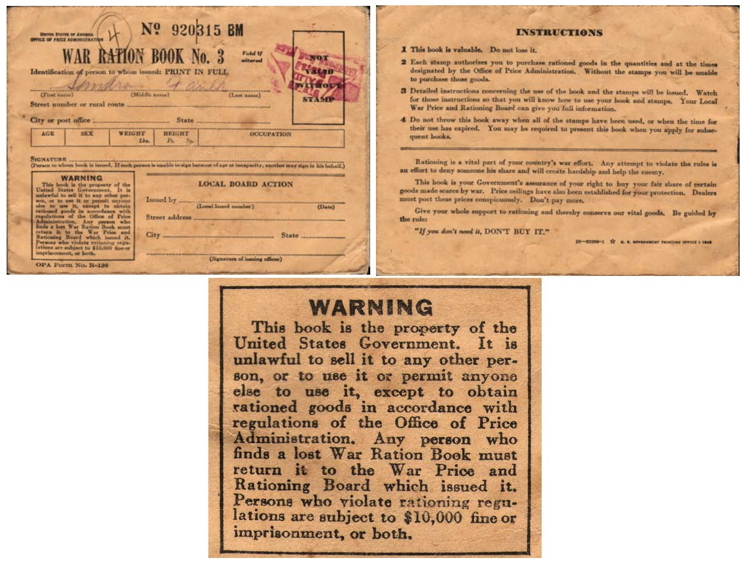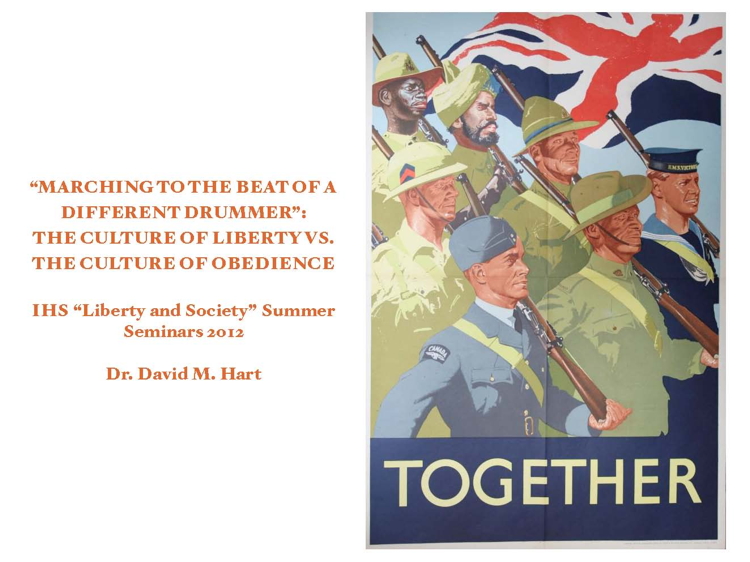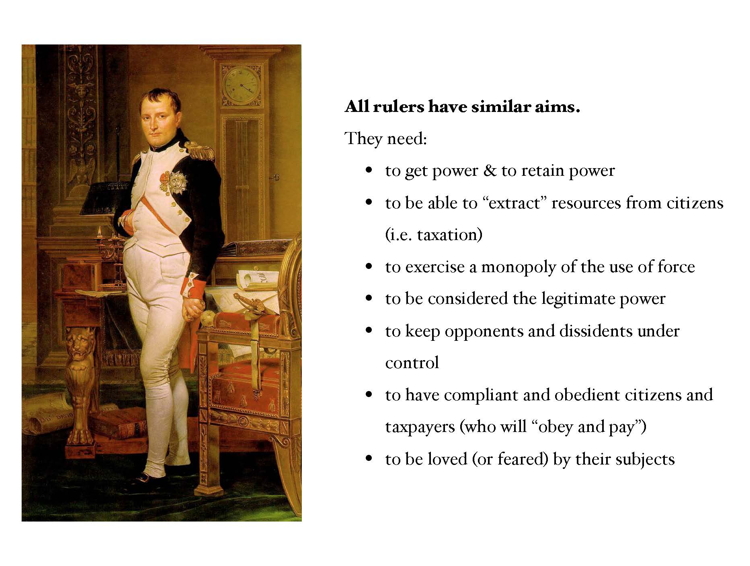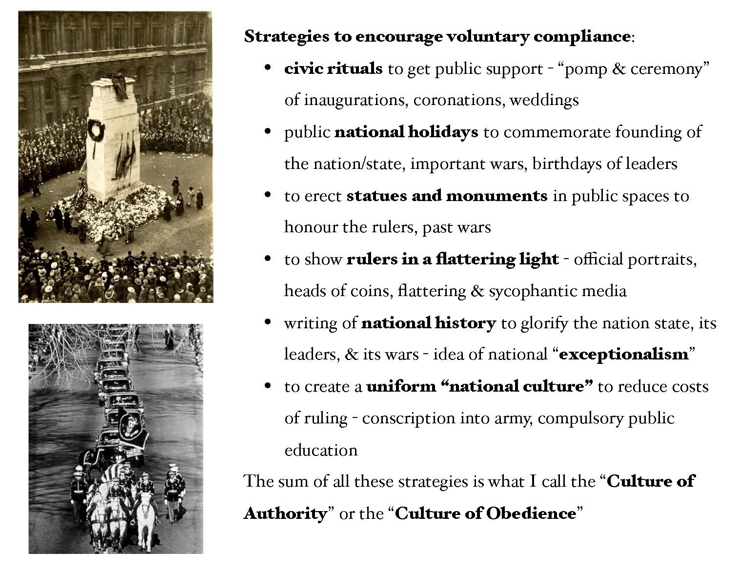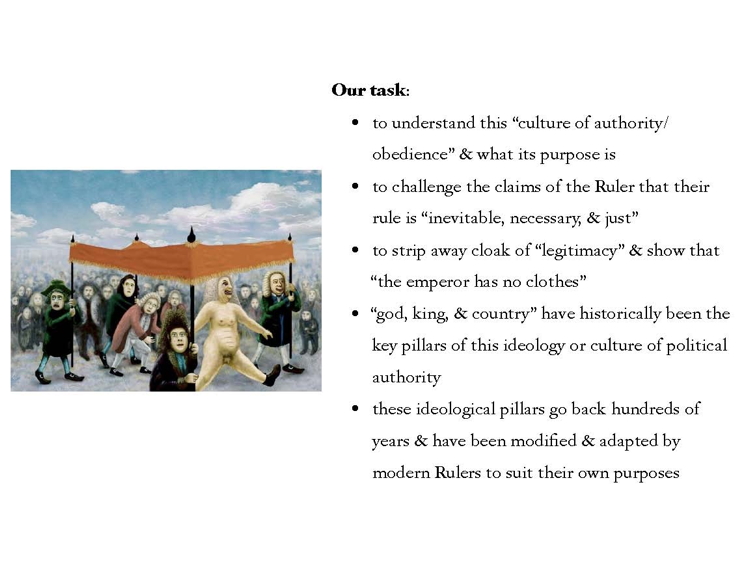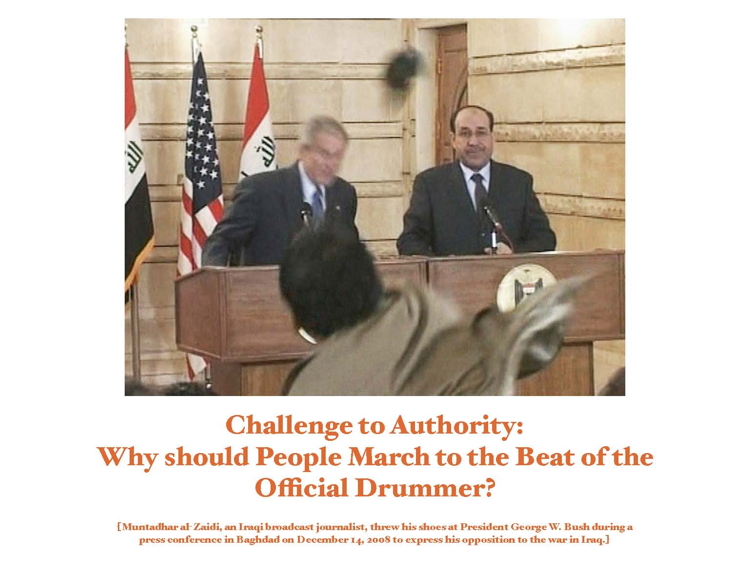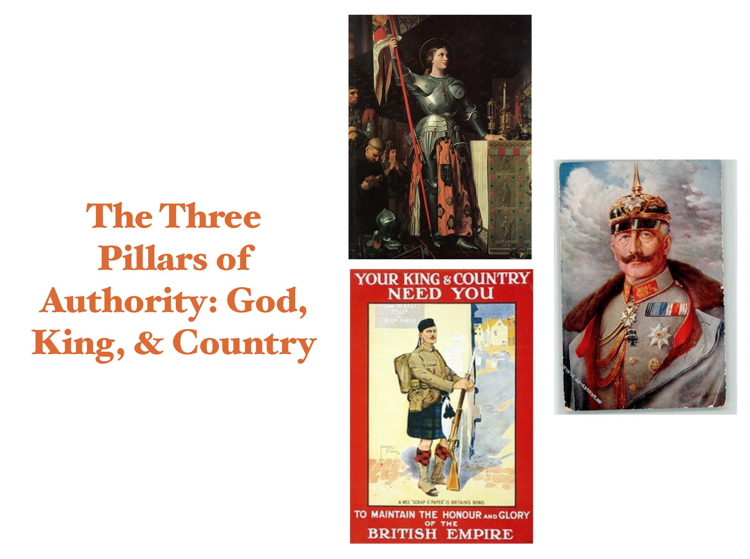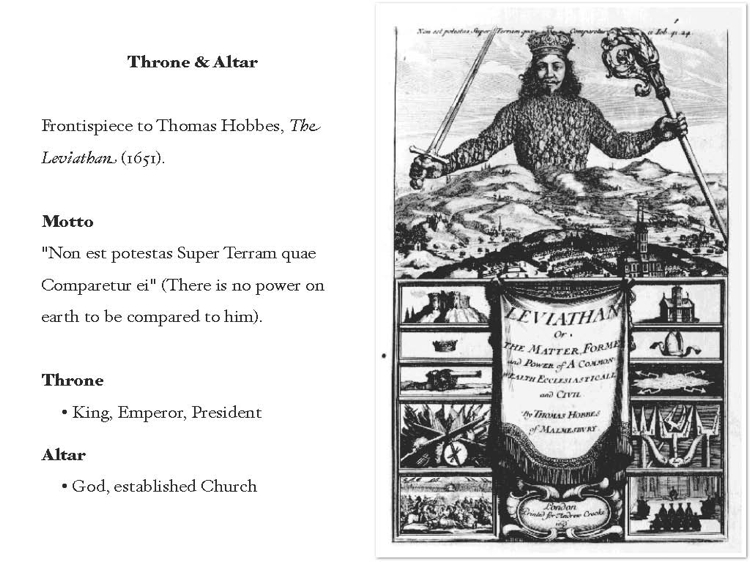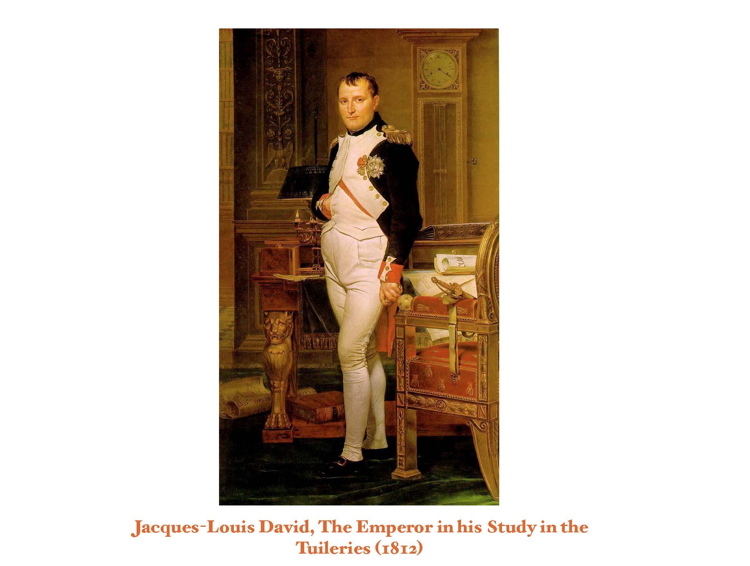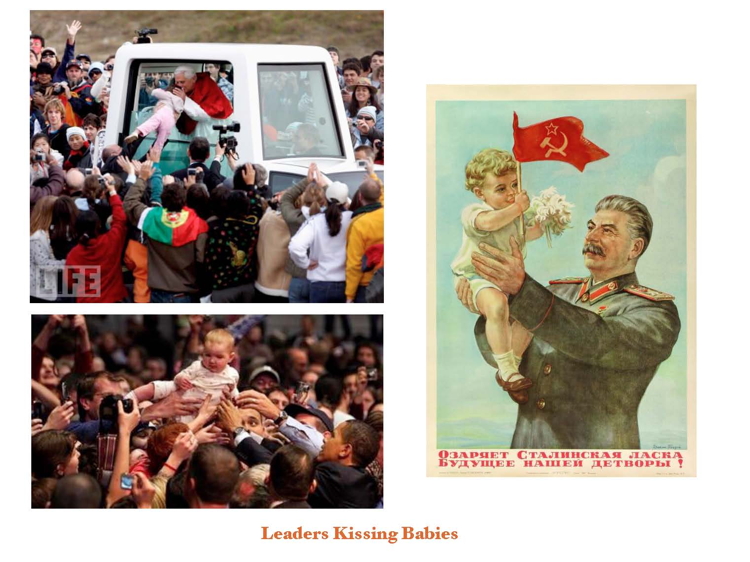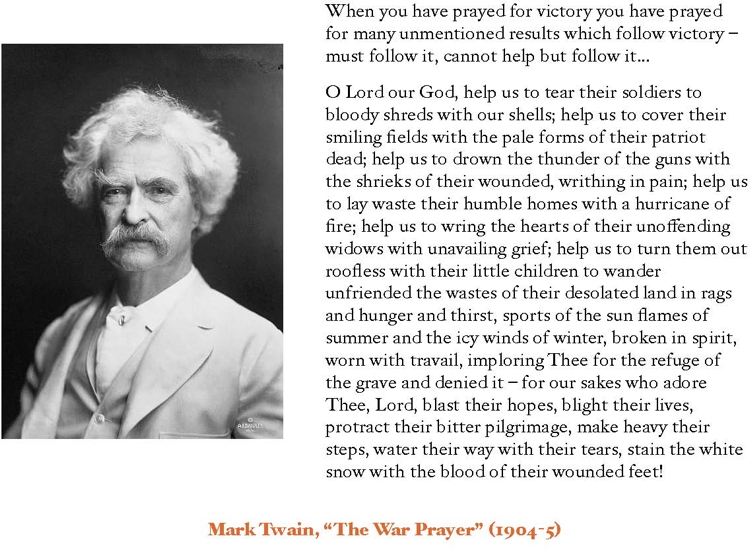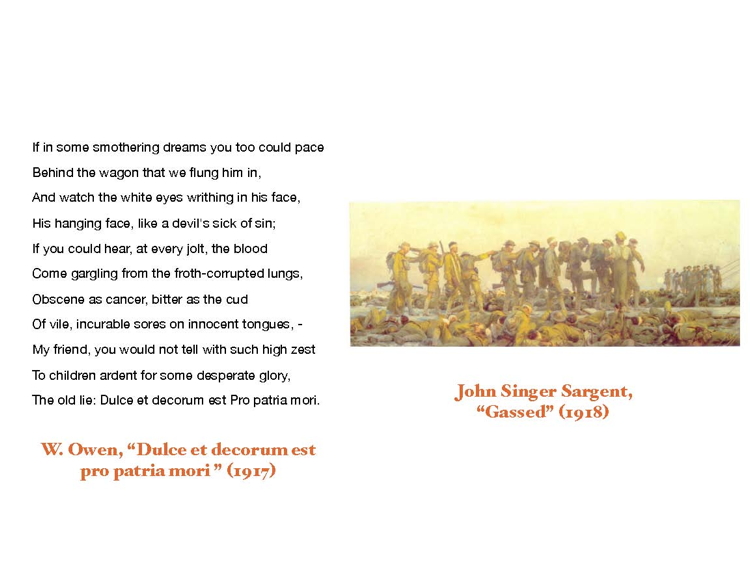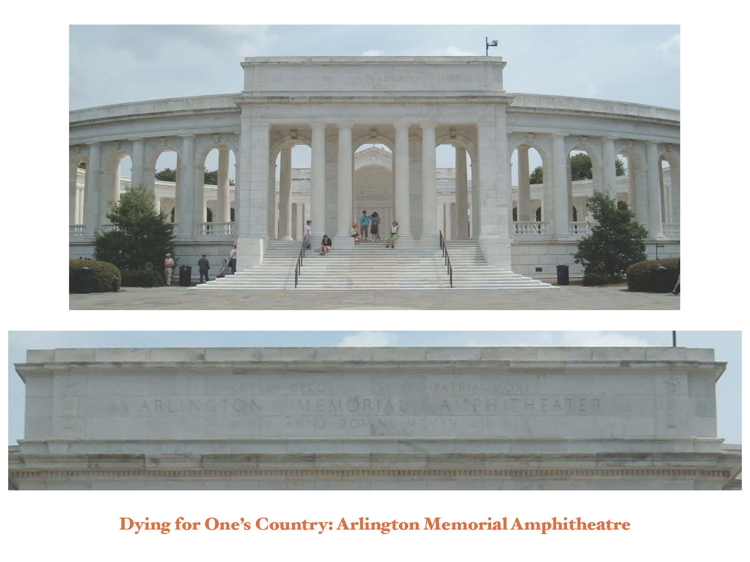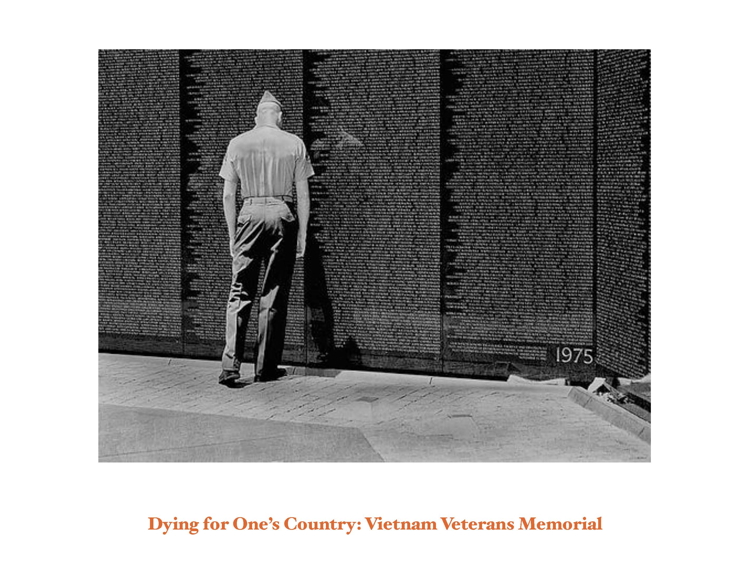Main |
2012 June »
Sunday, July 15, 2012
Ridiculing the Anti-Imperialist League's Opposition to the Conquest of the Philippines
"Columbia's Easter Bonnet" (1901) [detail]
The Library of Congress has a collection of cartoons from the time of the Spanish-American War (1898-99) which opposed the Anti-Imperialist Leagues' attempts to halt American colonial expansion in the Caribbean and the Pacific. [Source: <
http://www.loc.gov/pictures/>]
The cartoons were published in the satirical magazine "Puck" (1871-1918) founded by Joseph Keppler in St. Louis but which later moved to New York city. Generally, it supported the so-called "Bourbon Democrats" associated with Grover Cleveland (elected President 1884, 1888, 1892) and could be described as the classical liberal branch of the Democratic Party, supporting laissez-faire economic policies and the gold standard and opposing tariffs and overseas expansion and imperialism. Unfortunately Puck magazine broke with the Bourbon Democrats over the question of American expansion during the Spanish-American War and published many pro-expansion cartoons between 1898 and 1905. The anti-imperialist cause was taken up by a group of older politicians and intellectuals who saw expansionism as a violation of the principles of the American Constitution and individual liberty. The formation of the Anti-Imperialist League in June 1898 brought together individuals such as the following: Charles Francis Adams, Jr., Jane Addams, Edward Atkinson, Ambrose Bierce, George S. Boutwell, Andrew Carnegie, Samuel Clemens (Mark Twain), Grover Cleveland, John Dewey, Edwin Lawrence Godkin, William Dean Howells, Henry James, William James, David Starr Jordan, Carl Schurz, Moorfield Storey, William Graham Sumner, and Oswald Garrison Villard. Puck magazine singled out Edward Atkinson, Edwin Lawrence Godkin, Carl Schurz, and Grover Cleveland for particular attention.
Some political background: the Spanish-American War began on 25 April, 1898 when President McKinley ordered an attack on Spanish forces in Cuba to assist the Cuban independence movement, followed by the seizure of the Philippines in May; the Anti-Imperialist League was founded on 15 June, 1898 to oppose the annexation of the Philippines; the Philippine War of Independence was fought against American occupation between 1899 and 1902; Emilio Aguinaldo was the president of the Philippines independence movement; the American presidential election of 1900 was contested by the sitting Republican President William McKinley and the Democratic challenger William Jennings Bryan, which McKinley won with 51.6% of the vote; the Anti-Imperialist League was split over the 1900 presidential election with one group favouring the anti-imperialist (but anti-gold standard) Bryan and others supporting a third party candidate; the Anti-Imperialist League was also split over US entry into WW1 and finally was dissolved in 1921.
Some key members of the Anti-Imperialist League:
Edward Atkinson (1827-1905)
Ambrose Bierce (1842-1913?)
Andrew Carnegie (1835-1919)
Samuel Clemens (Mark Twain) (1835-1910)
Grover Cleveland (1837-1908)
Edwin Godkin (1831-1902)
Carl Schurz (1829-1906)
William Graham Sumner (1840-1910)
Oswald Garrison Villard (1872-1949)
The US Presidential campaign of 1900 pitted the Democratic Party's William Jennings Bryan and VP nominee Adlai Stevenson against sitting Republican President William McKinley and VP Theodore Roosevelt.
Campaign poster: W.J. Bryan "The Issue - 1900. Liberty. Justice. Humanity." [Equal Rights to ALL. Special Privileges to None.]
Campaign poster: “The Administration's Promises have been kept." and "The American Flag Has Not Been Planted In Foreign Soil To Acquire More Territory But For Humanity’s Sake”. William McKinley and Theodore Roosevelt; the left hand side has the title "1896" and depicts a closed factory with the caption “Gone Democratic”; then a “A Run On The Bank”; at the bottom is a depiction of starving prisoners with the caption “Spanish Rule In Cuba.” The right hand side has the title “1900” below which is an illustration of smokestacks, steamships and locomotives with the caption “Gone Republican”; then a “A Run To The Bank”; and at the bottom a teacher in a “Public School” and farmers in the field captioned “American Rule In Cuba.”


I have selected about 20 cartoons from Puck magazine spanning the years 1898-1902 to display here in chronological order of publication. The description and other information about each image comes from the LoC website [our tax dollars hard at work!]. First I have some details from the cartoons of the caricatures of leading members of the Anti-Imperialist League. Then follows the full cartoons.
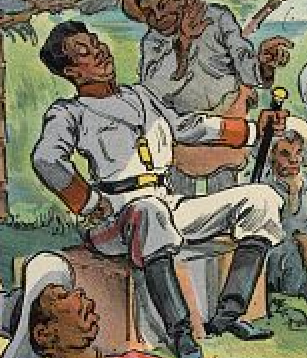
A haughty President Aguinaldo accepting the surrender of the Americans.
Atkinson dressed as a Filipino peasant.
Atkinson and Godkin vainly trying to hold back a giant American soldier.
Atkinson, Godkin and Schurz walking away from Washington having been defeated in the election.
A statue of Jefferson proclaiming him to be the father of American expansionism.
Godkin as an old woman attempting to pull down a statue of the administration.
Schurz as an old woman attempting to pull down a statue of the administration.
Another depiction of Godkin as an old woman (holding the NY Evening Post).
Schurz offering Uncle Sam a spoonful of "Anti-Expansion Policy" medicine.
Schurz vainly trying to blow out the fire of imperialism which W.J. Bryan is fanning into flames with some bellows.
Schurz drowning in the quicksand of pro-empire public opinion.
Godkin as a "silly fly" caught in the spider's web spun by W.J. Bryan.
Schurz as a "silly fly" caught in the spider's web spun by W.J. Bryan.
The complete cartoons from Puck.
"Who will haul it down?"by Louis Dalrymple. (1899 January 11). Print shows President William McKinley standing on a road leading to the White House at the end of the road, in the background; he is delivering a speech, with a group of newspaper editors and congressmen, to the left and right, who have broken into small groups, talking amongst themselves. In the right foreground, William Jennings Bryan is inflating his "Anti-Annexation Issue for 1900". American flags are on islands beyond the White House, the flags and/or islands are labeled "Porto Rico, Ladrone Islds., Cuba, Hawaii, [and] Philippine Islds." At McKinley's feet is an excerpt from his "Speech at Banquet of Board of Trade and Associated Citizens" in Savannah, December 17th 1898.
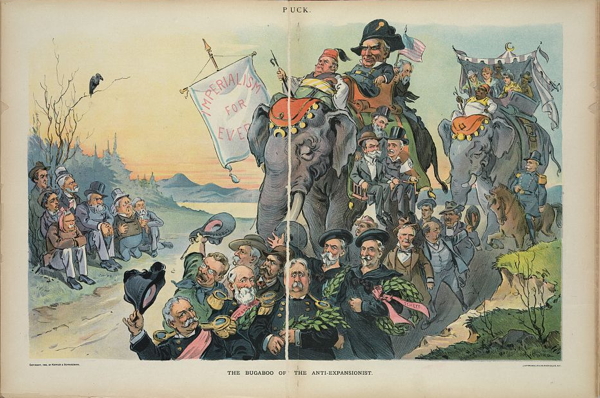
"The bugaboo of the anti-expansionist" by Udo Keppler. (1899 January 18). Print shows President William McKinley riding on an elephant driven by Marcus A. Hanna and carrying Russell A. Alger, Nelson Dingley, William R. Day, and William T. Sampson. A second elephant follows, and a group of men that includes "Nelson A. Miles, Theodore Roosevelt, Joseph Wheeler, Fitzhugh Lee, Henry C. Lodge, William R. Shafter, Winfield S. Schley, John T. Morgan, Cushman K. Davis, George Dewey, and others, march alongside under the standard "Imperialism for Ever". A group of disgruntled men sit on the roadside, watching the procession.
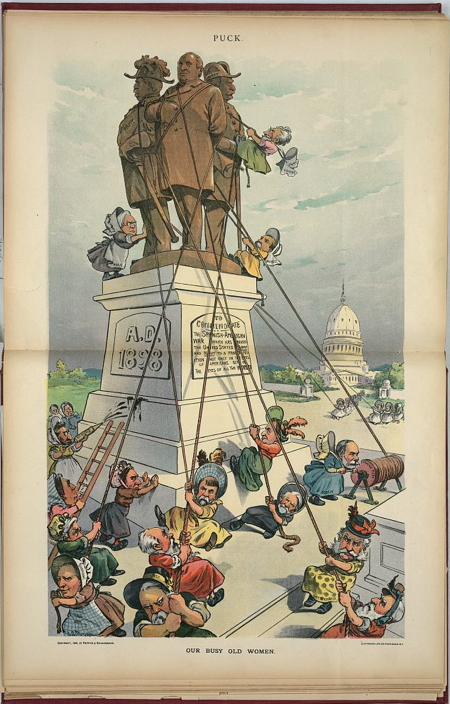
"Our busy old women" by J.S. Pughe. (1899 March 22). Print shows a large monument constructed "A.D. 1898" showing statues of President William McKinley labeled "Administration", General William R. Shafter labeled "Army", and Admiral George Dewey labeled "Navy", and a plaque that states "To Commemorate the Spanish-American War which has raised the United States Army and Navy to a proud position not only in the eyes of Americans but in the eyes of the World"; also, a gang of "Old Women" with ropes trying to pull down the statues. Among the identified women are "Schurz, Boutelle, Hoar, N.Y. World [Pulitzer], Cockran, Tillman, Caffery, Gorman, Vest, Jones, Hale, Bryan, Godkin [turning a crank for the] Evening Post, Sherman, Ottendorfer, [and] Edmunds".

"The dream of the anti-expansionist" Udo Keppler. (1899 April 19). Print shows the dream of an "Anti-Expansionist" where Admiral George Dewey, General Elwell S. Otis, a sailor, and a soldier come ashore in the Philippines to offer their weapons and the American flag in surrender to Emilio Aguinaldo and a poorly armed, ragged, but haughty, group of Filipinos.

"The idol of the aunties" by Louis Dalrymple. (1899 May 10). Print shows Emilio Aguinaldo standing at center, wearing military uniform, and holding a flag and a sword, around him are many old men dressed as women, supplicating themselves and tossing roses at his feet, among them are Carl Schurz, John P. Jones, Charles A. Boutelle, Edwin L. Godkin holding a paper labeled "N.Y. Evening Post", William B. Cockran, Eugene Hale, George G. Vest, Donelson Caffery, George F. Hoar playing a lyre labeled "Sen. Hoar", William Lloyd Garrison, Jr. reading his "Ode to Dear Aguinaldo", George F. Edmunds, Joseph Pulitzer, Oswald Ottendorfer, [and] William Jennings Bryan. There is a bundle of "Editorials" on a rock in the left foreground.
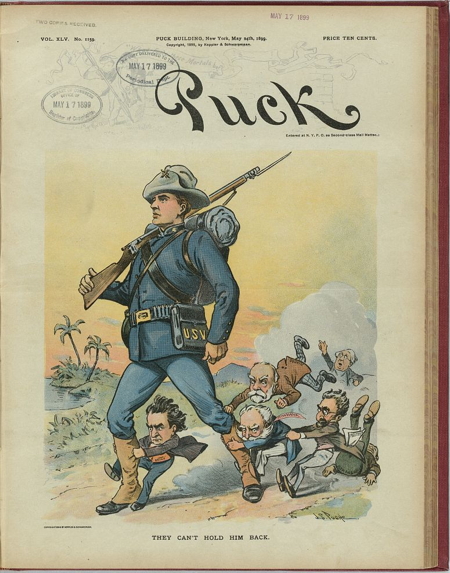
"They can't hold him back" by J.S. Pughe. (1899 May 24). Print shows an American soldier carrying a rifle and bag labeled "U.S.V.", walking in a tropical location; diminutive figures labeled "Bryan, Ottendorfer, Pulitzer, Atkinson, [and] Godkin" are attempting to hold him back, George F. Hoar, left behind, stands with his right arm raised in the background.
"Bryan's progress" by Louis Dalrymple. (1899 November 15). Print shows William Jennings Bryan wearing a plumed hat labeled "1900" and riding on a rocking horse labeled "Presidential Aspirations", leading a small army, among whom are William J. Stone, James K. Stone, James S. Hogg (carrying a blunderbuss labeled "Anti-Expansionist"), and Benjamin R. Tillman, also a "Silver Republican" and a "Populist", others carry flags labeled "Anti-Trust" and "Free Silver"; they have emerged from a fortress labeled "16 to 1" and are following a rocky road, with some rocks labeled "1896", toward a fortress topped with the White House.

"Busted" by J.S. Pughe. (1899 December 20). Print shows William Jennings Bryan carrying a "Cross of Gold", a "Crown of Thorns", and a carpetbag labeled "W.J.B. Speeches" as he walks along railroad tracks headed in the opposite direction of Washington, D.C.; walking with him are newspaper editors Edwin L. Godkin carrying papers labeled "Anti-American Editorials", Joseph Pulitzer, Edward Atkinson, Carl Schurz carrying a drum on his back labeled "Anti-Expansion Band", and Oswald Ottendorfer carrying a small bag labeled "Staats Zeitung". In the background, William McKinley is riding on a railroad car labeled "Expansion Train" that is racing along railroad tracks, headed for Washington, D.C.
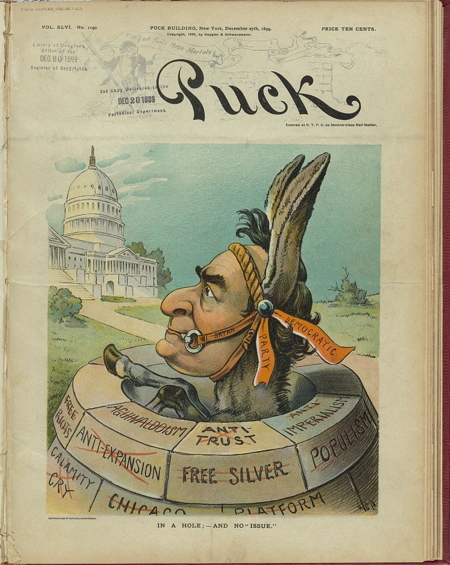
"In a hole; - and no "issue"" by J.S.Pughe. (1899 December 27). Print shows William Jennings Bryan as the Democratic Donkey with the bit end of a bridle in his mouth, trying to climb out of a hole constructed of blocks labeled "Aguinaldoism, Anti-Trust, Anti-Imperialism, Free Riots, Anti-Expansion, Free Silver, Populism, Calamity Cry, [and] Chicago Platform", with the U.S. Capitol nearby.
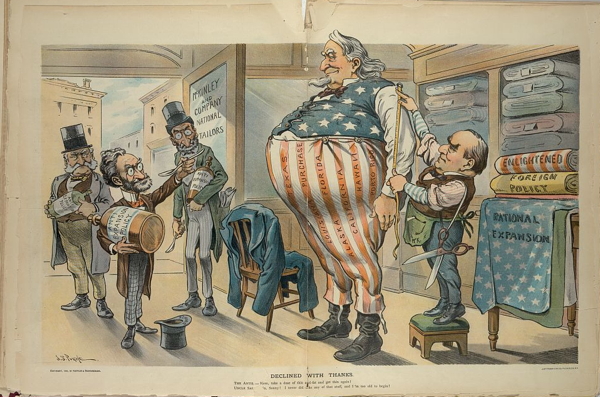
"Declined with thanks" by J.S. Pughe. (1900 September 5). Illustration shows a huge Uncle Sam getting a new outfit made at the "McKinley and Company National Tailors" with President McKinley taking the measurements. Carl Schurz, Joseph Pulitzer, and Oswald Ottendorfer stand inside the entrance to the shop and Schurz is offering Uncle Sam a spoonful of "Anti-Expansion Policy" medicine, a bottle of which each is carrying. On the right are bolts of cloth labeled "Enlightened Foreign Policy" and "Rational Expansion." The strips on Uncle Sam's trousers are labeled "Texas, Louisiana Purchase, Alaska, Florida, California, Hawaii, [and] Porto Rico." Caption: The Antis. Here, take a dose of this anti-fat and get slim again! Uncle Sam No, Sonny!, I never did take any of that stuff, and I'm too old to begin!

"The spider and the three silly flies" by J.S. Pughe. (1900 October 10) Illustration shows William Jennings Bryan as a large spider labeled "Free Silver" with three flies labeled "White, Schurz, [and] Godkin" caught in his web labeled "16 to 1," "Anti-expansion," "Chicago Platform" and "Bryanism."
"The Aguinaldo guard" by J.S. Pughe. (1900 October 17). Illustration shows William Jennings Bryan standing in the stirrups of his mount, a donkey labeled "Democracy", directing the honor guard led by Adlai Stevenson, and including Henry R. Towne, Joseph Pulitzer, and Carl Schurz carrying a large flag with a portrait of Emilio Aguinaldo under the heading "The George Washington of the Philippines." Also included are "Oswald Ottendorfer, Edwin L. Godkin, Bourke Cockran, John Altgeld, and William Sulzer.
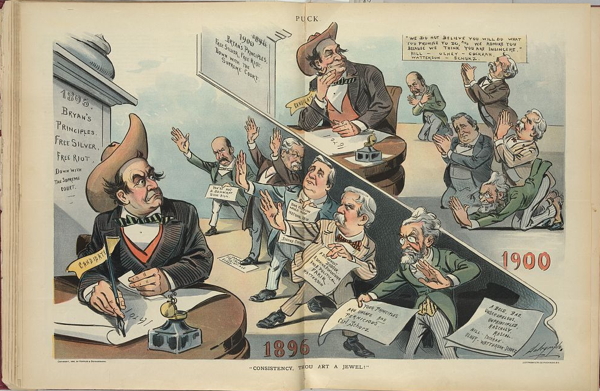
"Consistency, thou art a jewel!" by Louis Dalrymple. (1900 October 24). Illustration shows two views of William Jennings Bryan sitting at a desk working on his campaign principles; the lower scene shows Bryan preparing for the 1896 presidential election, to the right are Carl Schurz, Henry Watterson, Bourke Cockran, Richard Olney, and David Hill, all in disagreement with Bryan, each holding a sheet of paper disclaiming his principles. In the upper scene, Bryan has crossed out 1896 and replaced it with 1900, adhering to, and remaining consistent with, his earlier principles; to the right are the same five disclaimers, this time they bow to Bryan and offer only one comment "We do not believe you will do what you promise to do, and we admire you because we think you are insincere. Hill, Olney, Cockran, Watterson, Schurz."
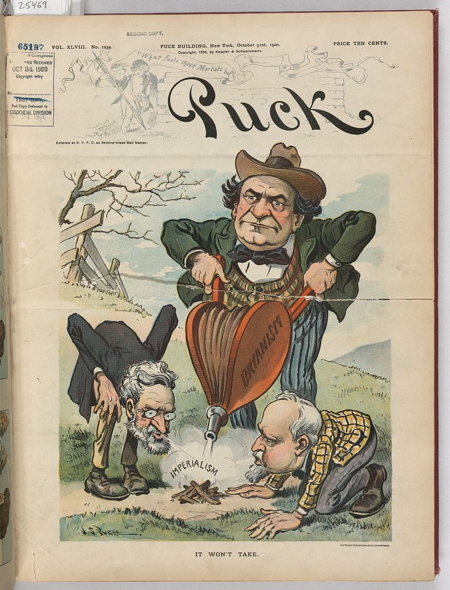
"It won't take" by J.S. Pughe. (1900 October 31). Illustration shows William Jennings Bryan holding a large bellows labeled "Bryanism", which he is using to fan the flames of a small campfire labeled "Imperialism." On the left side of the fire is Carl Schurz and on the right, kneeling on the ground, is Adlai Stevenson, they blow on the fire as well, to no affect.
"The real German-American" by Udo Keppler. (1900 October 31). Illustration shows a German American man standing in front of a banner showing bust portraits of President William McKinley and Theodore Roosevelt; as he casts his vote, he uses his left hand, holding papers labeled "Naturalization", to brush aside the German Emperor, William II, and Carl Schurz. Caption: He does his own thinking, and will do his own voting.
"Columbia's Easter Bonnet" by Ehrhart after a sketch by Dalrymple. (April 6, 1901). Columbia is wearing a military jacket and is pinning a hat to her hair with a small sword. Her hat is in the shape of a battle ship named "World Power" and has cannons named "Army" and "Navy". Black smoke billows from the ship's funnel with the word "Expansion". Around her waist is a chatelaine decorated with an American eagle hanging from which are a small black pistol and a golden bayonnette.
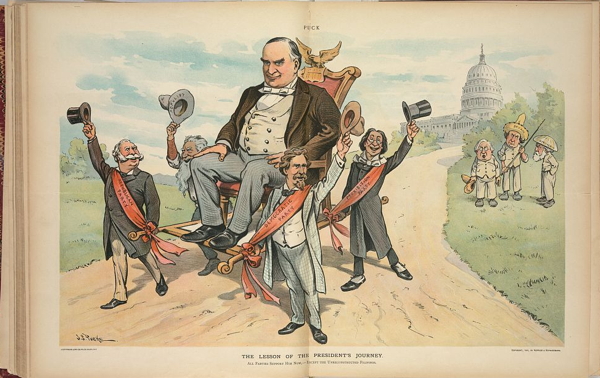
"The lesson of the President's journey" by J.S. Pughe. (1901 May 29). Illustration shows representatives of the "Democratic, Republican, Populist, [and] Prohibition" parties carrying a larger-than-life-sized President McKinley on a sedan chair, and waving their hats as a show of support for McKinley's policies, behind them, on the right, are standing William Jennings "Bryan," George F. "Hoar," and Edward "Atkinson" dressed like Filipinos. In the background is the U.S. Capitol building. Caption: All parties support him now, - except the unreconstructed Filipinos.
"Wireless telegraphy" by J.S. Pughe. (1902 February 26). Illustration shows George F. Hoar sitting on the U.S. Capitol dome using a telegraph to send a "wireless" message "Keep it up! We are with you!" across a body of water to the insurgent forces fighting against American troops in the Philippines; at the base of the Capitol are several men waving "Anti-Expansion" banners.
"The flag must "stay put"" by J.S. Pughe. (1902 June 4). Illustration shows George F. Hoar, Carl Schurz, David B. Hill, and former Massachusetts Governor George S. Boutwell, anti-expansionists, placing their "Anti-Expansion Speech" at the feet of a huge American soldier holding a rifle and the American flag, while opposite them Filipinos place guns and swords at the soldier's feet. Caption: The American Filipinos and the Native Flipinos will have to submit.
"The shade of Jefferson protests" J.S. Pughe. (1902 June 11). Illustration shows David B. Hill standing on a platform, speaking to an unseen audience; he holds a paper that states "Jefferson! Jeffersonianism!! Jeffersonian Simplicity!!!" The ghost of Thomas Jefferson is tapping him on the elbow. Caption: "Hold on there, David! - Don't make me ridiculous! Remember, I was always an Expansionist - and if I were alive to day I should be doing just as McKinley and Roosevelt have done."
"Last stand of the anti-imperialist" by Udo Keppler. (1902 August 27). Illustration shows anti-imperialists George F. Hoar, Carl Schurz, Edward Atkinson, Charles Francis Adams, Jr., and Andrew Carnegie drowning in "Quicksand of Public Opinion" with the U.S. Capitol building in the background.
"St. Louis's object lesson to anti-expansionists" by Udo Keppler. (1903 April 15). Illustration shows a statue of Thomas Jefferson labeled "Thomas Jefferson The Father of Expansion" at the Louisiana Purchase Exposition in Saint Louis, Missouri, with Puck directing the attention of George F. Hoar and other anti-expansionists Edward Atkinson, Carl Schurz, and Charles F. Adams who look on in disbelief.
Déclaration des Droits de l'Homme et du Citoyen de 1789
Déclaration des Droits de l'Homme et du Citoyen de 1789
A Phrygian Cap - symbol of the freed slave.
See also
The Declaration of the Rights of Man and of Citizens: A Contribution to Modern Constitutional History by Georg Jellinek, Dr. Phil. et Jur. , Professor of Law in the University of Heidelberg. Authorized translation from the German by Max Farrand, Ph.D.. Revised by the Author (New York: Henry Holt and Company, 1901).
Chapter V. Comparison with American Bills of Rights, where he compares, section by section, the French Declaration of the Rights of Man and the Citizen with similar sections from American state Bills of Rights, in order to show how the latter influenced the former. On the OLL.
Les Représentants du Peuple Français, constitués en Assemblée Nationale, considérant que l'ignorance, l'oubli ou le mépris des droits de l'Homme sont les seules causes des malheurs publics et de la corruption des Gouvernements, ont résolu d'exposer, dans une Déclaration solennelle, les droits naturels, inaliénables et sacrés de l'Homme, afin que cette Déclaration, constamment présente à tous les Membres du corps social, leur rappelle sans cesse leurs droits et leurs devoirs ; afin que les actes du pouvoir législatif, et ceux du pouvoir exécutif, pouvant être à chaque instant comparés avec le but de toute institution politique, en soient plus respectés; afin que les réclamations des citoyens, fondées désormais sur des principes simples et incontestables, tournent toujours au maintien de la Constitution et au bonheur de tous.
En conséquence, l'Assemblée Nationale reconnaît et déclare, en présence et sous les auspices de l'Etre suprême, les droits suivants de l'Homme et du Citoyen.
Art. 1er. Les hommes naissent et demeurent libres et égaux en droits. Les distinctions sociales ne peuvent être fondées que sur l'utilité commune.
Art. 2. Le but de toute association politique est la conservation des droits naturels et imprescriptibles de l'Homme. Ces droits sont la liberté, la propriété, la sûreté, et la résistance à l'oppression.
Art. 3. Le principe de toute Souveraineté réside essentiellement dans la Nation. Nul corps, nul individu ne peut exercer d'autorité qui n'en émane expressément.
Art. 4. La liberté consiste à pouvoir faire tout ce qui ne nuit pas à autrui : ainsi, l'exercice des droits naturels de chaque homme n'a de bornes que celles qui assurent aux autres Membres de la Société la jouissance de ces mêmes droits. Ces bornes ne peuvent être déterminées que par la Loi.
Art. 5. La Loi n'a le droit de défendre que les actions nuisibles à la Société. Tout ce qui n'est pas défendu par la Loi ne peut être empêché, et nul ne peut être contraint à faire ce qu'elle n'ordonne pas.
Art. 6. La Loi est l'expression de la volonté générale. Tous les Citoyens ont droit de concourir personnellement, ou par leurs Représentants, à sa formation. Elle doit être la même pour tous, soit qu'elle protège, soit qu'elle punisse. Tous les Citoyens étant égaux à ses yeux sont également admissibles à toutes dignités, places et emplois publics, selon leur capacité, et sans autre distinction que celle de leurs vertus et de leurs talents.
Art. 7. Nul homme ne peut être accusé, arrêté ni détenu que dans les cas déterminés par la Loi, et selon les formes qu'elle a prescrites. Ceux qui sollicitent, expédient, exécutent ou font exécuter des ordres arbitraires, doivent être punis ; mais tout citoyen appelé ou saisi en vertu de la Loi doit obéir à l'instant : il se rend coupable par la résistance.
Art. 8. La Loi ne doit établir que des peines strictement et évidemment nécessaires, et nul ne peut être puni qu'en vertu d'une Loi établie et promulguée antérieurement au délit, et légalement appliquée.
Art. 9. Tout homme étant présumé innocent jusqu'à ce qu'il ait été déclaré coupable, s'il est jugé indispensable de l'arrêter, toute rigueur qui ne serait pas nécessaire pour s'assurer de sa personne doit être sévèrement réprimée par la loi.
Art. 10. Nul ne doit être inquiété pour ses opinions, même religieuses, pourvu que leur manifestation ne trouble pas l'ordre public établi par la Loi.
Art. 11. La libre communication des pensées et des opinions est un des droits les plus précieux de l'Homme : tout Citoyen peut donc parler, écrire, imprimer librement, sauf à répondre de l'abus de cette liberté dans les cas déterminés par la Loi.
Art. 12. La garantie des droits de l'Homme et du Citoyen nécessite une force publique : cette force est donc instituée pour l'avantage de tous, et non pour l'utilité particulière de ceux auxquels elle est confiée.
Art. 13. Pour l'entretien de la force publique, et pour les dépenses d'administration, une contribution commune est indispensable : elle doit être également répartie entre tous les citoyens, en raison de leurs facultés.
Art. 14. Tous les Citoyens ont le droit de constater, par eux-mêmes ou par leurs représentants, la nécessité de la contribution publique, de la consentir librement, d'en suivre l'emploi, et d'en déterminer la quotité, l'assiette, le recouvrement et la durée.
Art. 15. La Société a le droit de demander compte à tout Agent public de son administration.
Art. 16. Toute Société dans laquelle la garantie des Droits n'est pas assurée, ni la séparation des Pouvoirs déterminée, n'a point de Constitution.
Art. 17. La propriété étant un droit inviolable et sacré, nul ne peut en être privé, si ce n'est lorsque la nécessité publique, légalement constatée, l'exige évidemment, et sous la condition d'une juste et préalable indemnité.
An English translation
The representatives of the French people, constituted into a National Assembly, considering that ignorance, forgetting or contempt of the rights of man are the sole causes of public misfortunes and of the corruption of governments, are resolved to expose [i.e., expound], in a solemn declaration, the natural, inalienable and sacred rights of man, so that that declaration, constantly present to all members of the social body, points out to them without cease their rights and their duties; so that the acts of the legislative power and those of the executive power, being at every instant able to be compared with the goal of any political institution, are very respectful of it; so that the complaints of the citizens, founded from now on simple and incontestible principles, turn always to the maintenance of the Constitution and to the happiness of all.
In consequence, the National Assembly recognizes and declares, in the presence and under the auspices of the Supreme Being, the following rights of man and of the citizen:
Article I - Men are born and remain free and equal in rights. Social distinctions can be founded only on the common utility.
Article II - The goal of any political association is the conservation of the natural and imprescriptible [i.e., inviolable] rights of man. These rights are liberty, property, safety and resistance against oppression.
Article III - The principle of any sovereignty resides essentially in the Nation. No body, no individual can exert authority which does not emanate expressly from it.
Article IV - Liberty consists of doing anything which does not harm others: thus, the exercise of the natural rights of each man has only those borders which assure other members of the society the enjoyment of these same rights. These borders can be determined only by the law.
Article V - The law has the right to ward [i.e., forbid] only actions [which are] harmful to the society. Any thing which is not warded [i.e., forbidden] by the law cannot be impeded, and no one can be constrained to do what it [i.e., the law] does not order.
Article VI - The law is the expression of the general will. All the citizens have the right of contributing personally or through their representatives to its formation. It must be the same for all, either that it protects, or that it punishes. All the citizens, being equal in its eyes, are equally admissible to all public dignities, places and employments, according to their capacity and without distinction other than that of their virtues and of their talents.
Article VII - No man can be accused, arrested nor detained but in the cases determined by the law, and according to the forms which it has prescribed. Those who solicit, dispatch, carry out or cause to be carried out arbitrary orders, must be punished; but any citizen called [i.e., summoned] or seized under the terms of the law must obey at the moment; he renders himself culpable by resistance.
Article VIII - The law should establish only strictly and evidently necessary penalties, and no one can be punished but under a law established and promulgated before the offense and [which is] legally applied.
Article IX - Any man being presumed innocent until he is declared culpable, if it is judged indispensible to arrest him, any rigor [i.e., action] which would not be necessary for the securing of his person must be severely reprimanded by the law.
Article X - No one may be questioned about his opinions, [and the] same [for] religious [opinions], provided that their manifestation does not trouble the public order established by the law.
Article XI - The free communication of thoughts and of opinions is one of the most precious rights of man: any citizen thus may speak, write, print freely, save [if it is necessary] to respond to the abuse of this liberty, in the cases determined by the law.
Article XII - The guarantee of the rights of man and of the citizen necessitates a public force [i.e., a police force]: this force is thus instituted for the advantage of all and not for the particular utility of those to whom it is confided.
Article XIII - For the maintenance of the public force and for the expenditures of administration, a common contribution is indispensable; it must be equally distributed between all the citizens, by reason of their faculties [i.e., ability to pay].
Article XIV - Each citizen has the right of noting, by himself or through his representatives, the necessity of the public contribution, of free consent, of following the employment [of the contributions], and of determining the quotient [i.e., the share], the assessment, the recovering [i.e., the collecting] and the duration.
Article XV - The society has the right of requesting [an] account[ing] from any public agent of its [i.e., the society's] administration.
Article XVI - Any society in which the guarantee of rights is not assured, nor the separation of powers determined, has not a bit of Constitution.
Article XVII - Property being an inviolable and sacred right, no one can be deprived of private usage, if it is not when the public necessity, legally noted, evidently requires it, and under the condition of a just and prior indemnity [i.e., compensation].
.
Saturday, July 14, 2012
Otto Dix and the First World War (1924)
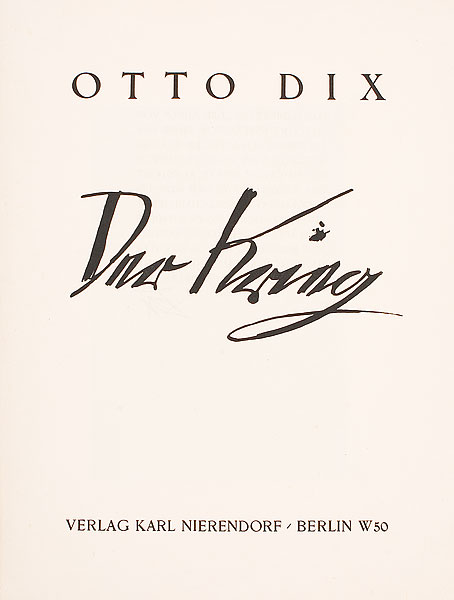
Here is a selection of 14 of the 50 drawings which the German artist Otto Dix (1891–1969) published in 1924. See the complete collection of drawings here (with different sizes for each image). See also my Study Guide on Otto Dix for a discussion of this and some other works of art.
Source: Otto Dix, Der Krieg (The War) (Berlin: Otto Felsing, Karl Nierendorf, 1924). The are 50 drawings with 10 Mappe (Portfolios) with 10 drawings in each.
Image source: National Gallery of Australia <http://nga.gov.au/Home/Default.cfm>. Otto Dix Collection .
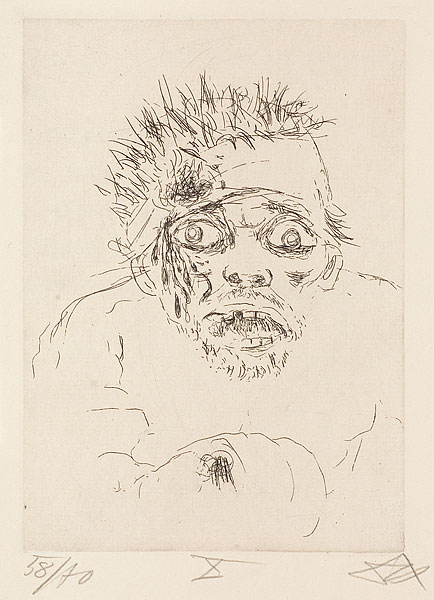
2. Wounded Man Fleeing (Battle of the Somme, 1916) [Fliehender Verwundeter (Sommeschlacht 1916)]

3. Abandoned Position near Neuville (Verlassene Stellung bei Neuville)
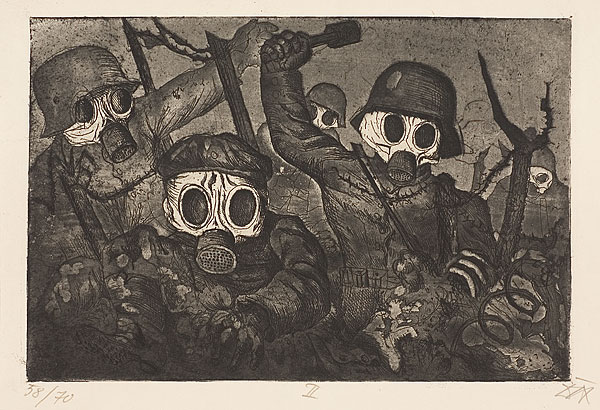
4. Shock Troops Advance under Gas (Sturmtruppe geht unter Gas vor)
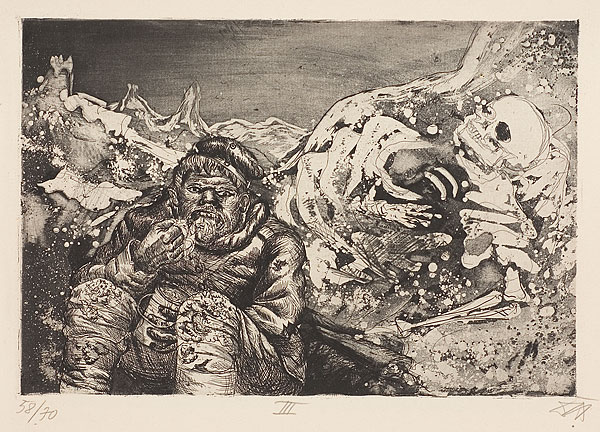
5. Mealtime in the Trench (Loretto Heights) [Mahlzeit in der Sappe (Lorettohöhe)]
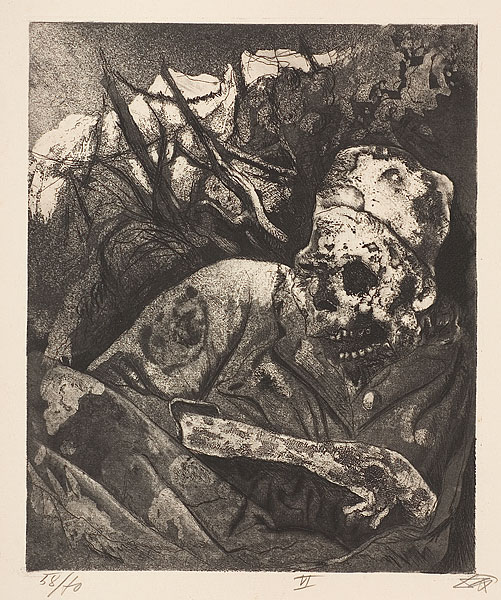
8. Corpse in Barbed Wire (Flanders) [Leiche im Drahtverhau (Flandern)]

10. Dead Sentry in the Trench (Toter Sappenposten)

11. Dance of Death 1917 (Dead Man Heights) [Totentanz anno 17 (Höhe Toter Mann)]
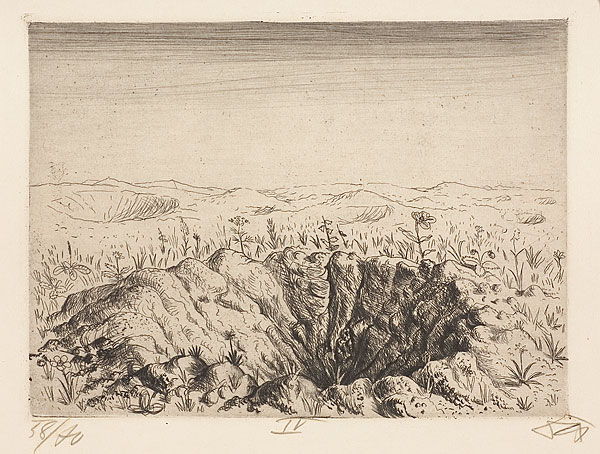
17. Shell Crater with Flowers (Spring 1916) [Granattrichter mit Blumen (Frühling 1916)]

25. Skull (Schädel)
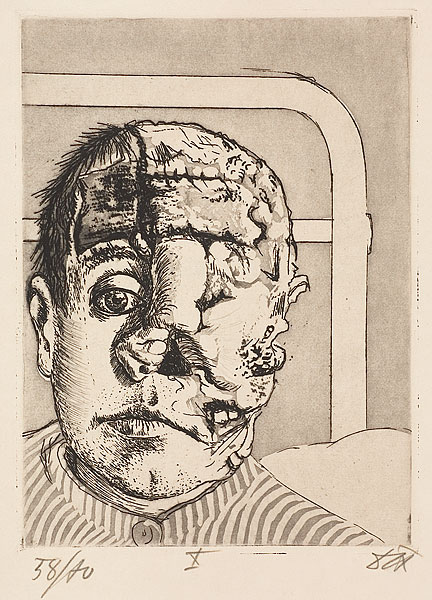
35. Skin Graft (Transplantation)

36. Machine-Gun Squad Advances (Somme, November 1916) [Maschinengewehrzug geht vor (Somme, November 1916)]
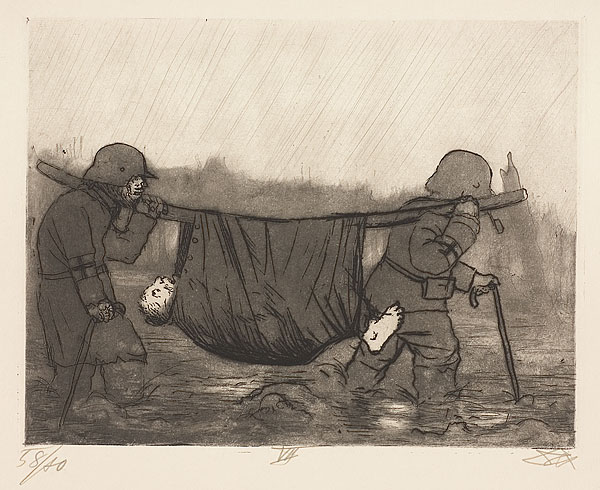
42. Transporting the Wounded in Houthulst Forest (Verwundetentransport im Houthulster Wald)

44. Horse Cadaver (Pferdekadaver)
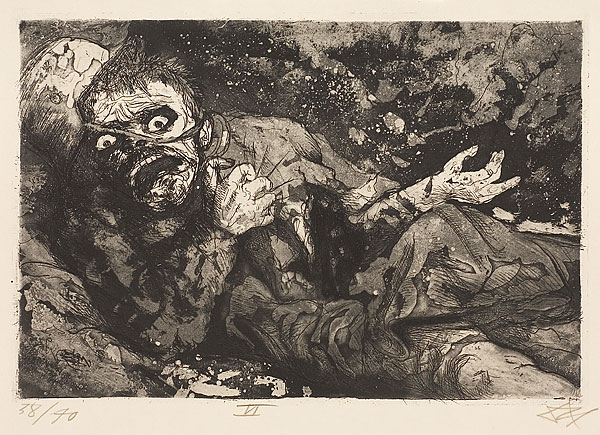
46. Wounded Man (Autumn 1916, Bapaume) [Verwundeter (Herbst 1916, Bapaume)].
Friday, July 13, 2012
IHS 2012 Lecture: War and the Growth of the State
Here are some of the key slides from my lecture. They are in image format. The entire lecture overhead and other resources can be found
here.
THE TITLE PAGE WITH PICASSO'S GUERNICA (1937)
A SUMMARY OF SOME KEY POINTS
TWO PHASES IN THE GROWTH OF THE STATE: WARFARE AND THEN WELFARE
DUERER'S FOUR HORSEMEN OF THE APOCALYPSE
TWO FILMS ABOUT ROVING BANDITS AND PRIVATE DEFENCE
A POSSIBLE SCENARIO FOR THE ORIGIN OF THE STATE
GILLRAY'S CARTOON OF WILLIAM PITT TRYING TO SEDUCE THE BANK OF ENGLAND WHORE TO GET WAR LOANS
RICHARD COBDEN'S "I HAVE A DREAM" SPEECH (1846)
SOME GRAPHS AND TABLES ABOUT INDUSTRIALIZED KILLING
WAR PROPAGANDA
IHS Lecture: The Culture of Obedience
Here are some of the key slides from my lecture. They are in image format. The entire lecture overhead and other resources can be found
here.
TITLE PAGE FOR THE LECTURE
THE AIMS OF RULERS
MARCHING TO THE BEAT OF A DIFFERENT DRUMMER
OUR TASK
CHALLENGES TO THE LEGITIMACY OF AUTHORITY
THE THREE PILLARS OF AUTHORITY: GOD, KING AND COUNTRY
THRONE: KINGS & QUEENS, PRESIDENTS, EMPERORS, PRESIDENTS
GOD
COUNTRY: IS IT SWEET AND FITTING TO DIE FOR ONE'S COUNTRY?
Monday, July 09, 2012
IHS 2012 Lecture: The State and the Ruling Class
Here are some of the key slides from my lecture. They are in image format. The entire lecture overhead and other resources can be found here.
GRAPHS SHOWING THE GROWTH OF GOVERNMENT SPENDING:

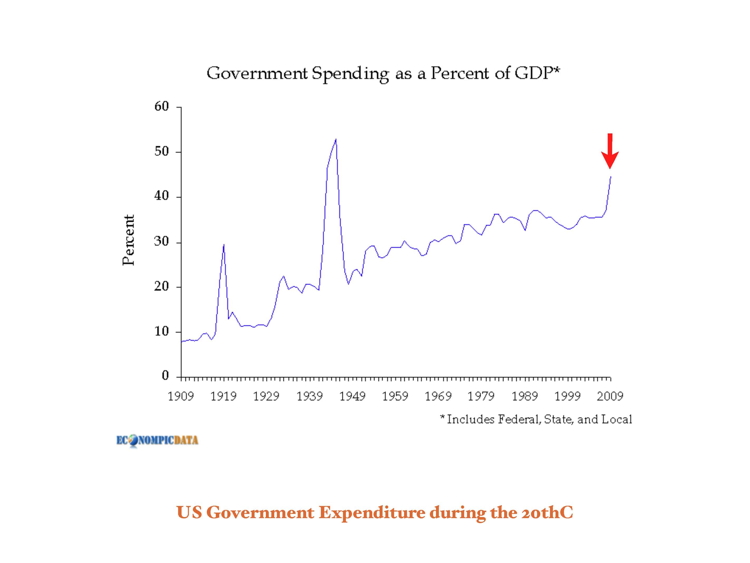

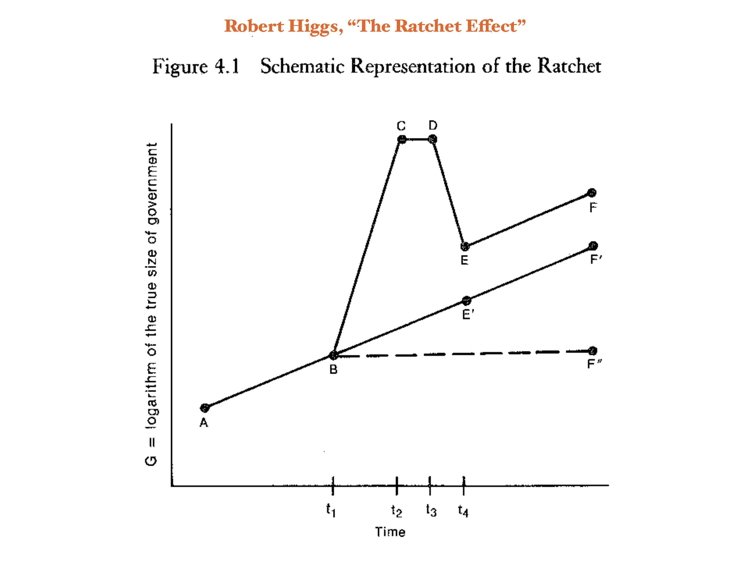
SPECTRUM SHOWING RANGE OF STATE POWER:
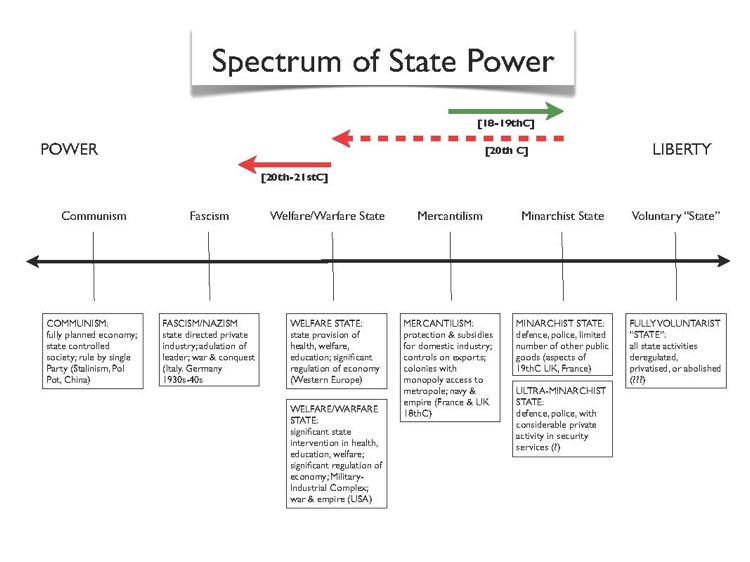
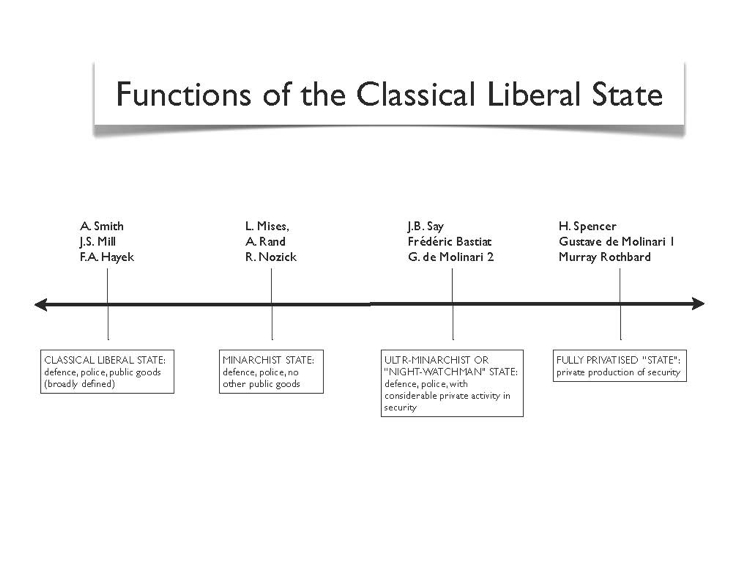
SCHEMA SHOWING THE NATURE OF VOLUNTARY EXCHANGE AND PLUNDER:
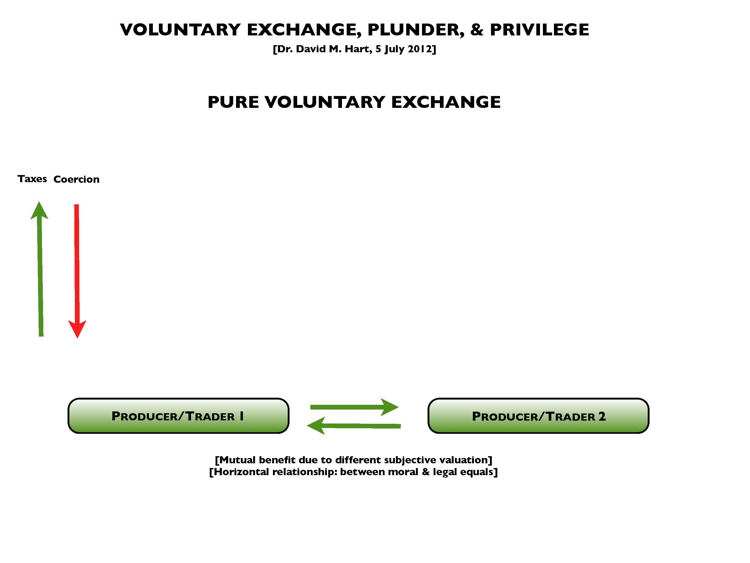



THE STRUCTURE OF THE STATE:
The cartoon from John Wade's Extraordinary Black Book (1835) showing a radical liberal interpretation of class exploitation:
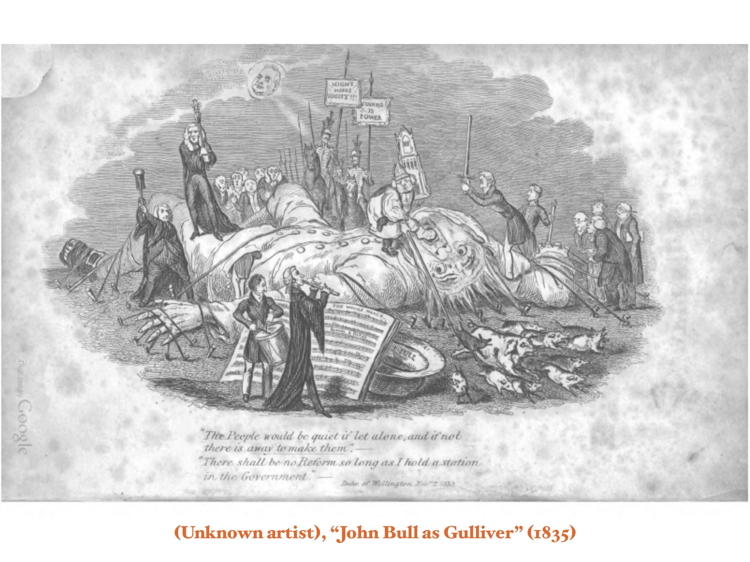

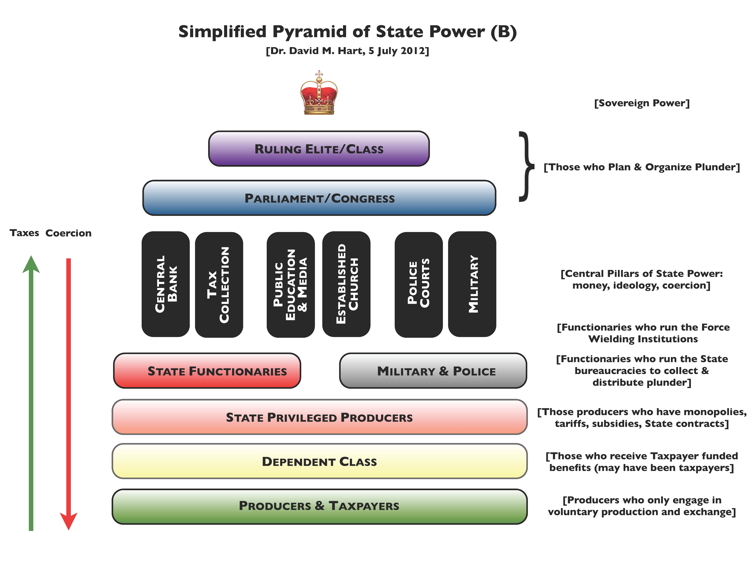
Sunday, July 01, 2012
The ANZAC Book (1916): Part II - Two ANZAC Alphabets
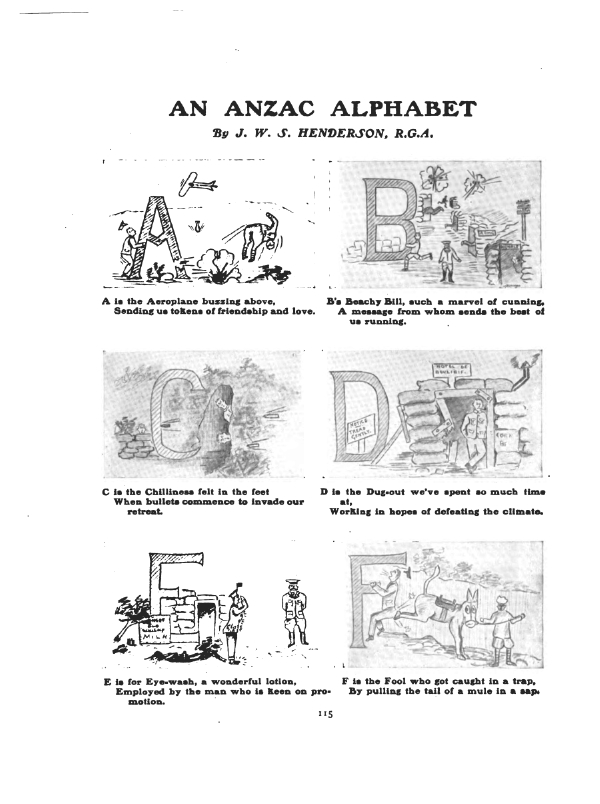
The Anzac Book. Written and Illustrated in Gallipoli by The Men of Anzac. For the benefit of Patriotic Funds connected with the A.& N.Z.A.C. (London, New York, Toronto and Melbourne, 1916). Introduction by Sir W.R. Birdwood, pp. ix-x (ANZAC December 19, 1915). "Editor's Note" by The ANZAC Book Staff (Aegean Sea, December 29, 1915).
"An ANZAC Alphabet" by Henderson is one of the best loved illustrations in the ANZAC Book (pp. 115-18). It is a 4 page rhyming poem based upon the letters of the alphabet with rather crude illustrations of each letter of the alphabet along with a two line poem which illustrates various aspects of the soldiers' life at Gallipoli. This was not the only ANZAC alphabet which appeared in the ANZAC Book A second one "Another Attempt at an ANZAC Alphabet" (by "Ubique" [Latin for "everywhere"]) appeared a few pages later (pp. 146-47) but it was not illustrated and is less well known. It takes a roughly chronological approach to relating his experiences at Gallipoli and focuses more on the everyday hardships and fear faced by the soldiers.
I will display the Alphabets in three separate posts: a general overview of both; and a separate one for each of the Alphabets. The Henderson Alphabet will contain many images - of each page in the ANZAC Book and then the individual letters of the alphabet.
An ANZAC Alphabet, by J.W.S. Henderson, R.G.A. [pp. 115-18].
A is the Aeroplane buzzing above,
Sending us tokens of friendship and love.
B's Beachy Bill, such a marvel of cunning,
A message from whom sends the best of us running.
C is the Chilliness felt in the feet
When bullets commence to invade our retreat.
D is the Dug-out we've spent so much time at,
Working in hopes of defeating the climate.
E is for Eye-wash, a wonderful lotion,
Employed by the man who is keen on promotion.
F is the Fool who got caught in a trap,
By pulling the tail of a mule in a sap.
G is the General devising a strafe,
And cursing his highly incompetent staff.
H is the wretched unfortunate Hill,
Bombarded and mined but impregnable still.
I's the Intelligence officer who
Is said to exist at G.H.Q.
Forgive a digression and spare me the time
To think of a word that will make a good rhyme,
And if the delay is a little provoking,
Remember it's J and the word may be Joking.
K is the Kaiser at home in Berlin,
Chanting his quaint maledictory hymn.
L is the Liar who loves to relate
Achi Baha has fallen, and gives you the date.
M is the Major observing from latitudes
Tending to strained and discomforting attitudes.
N is the Navy bombarding a lair,
Ignoring the fact that there's nobody there.
O is the Optimist struck by a splinter,
Happy to think he'll be home by the winter.
P is the spotlessly uniformed Paragon,
Living in splendour on H.M.S. "Aragon."
Q is the Questions we ask with a wail,
Do skippers like whisky, and where is our mail?
R’s the report of the latest success,
Strictly compiled for the use of the Press.
S is the Sniper; it's also his Sickness
On finding his cover is lacking in thickness.
T’s the Telephonist cutting off stations
In the midst of important conversations.
U is the Uniform made for the wenches,
Slightly deranged by a day in the trenches.
V is the Victory talked of by editors,
Who wish to get rid of importunate creditors.
Note.—This illustration has had to be postponed pending a final statement by Mr. Hilaire Belloc as to the date of the
certain exhaustion of German resources.
W stands for the various Wiles
The Germans employ to keep Turkey in smiles.
But X is the Xmas that some day will come
When turkey and sauce will be served with our rum.
Y is the Youth who was scornful of danger,
Till caught in the rear by a violent stranger.
Z is the Zenith of power and glory,
A fitting conclusion to this little story.
Another Attempt at an ANZAC Alphabet (by "Ubique," 21st Indian Mtn. Battery) [pp. 146-47].
A was the Anguish that spread o'er my face
When I saw the remarkable look of the place.
B's "Beachy Bill," who fired at my ship -
Punctured the funnel and gave me the "pip."
C was the"Crump" that went by with a screech
As I jumped from a lighter and fell on the beach.
D was the Daring I failed to display
When fragments of shrapnel came whizzing my way.
E was the Earth which I found in my hair
As I woke in the morning and crawled from my lair.
F were the Fleas, and also the Flies,
Who feed on a fellow wherever he lies.
G were the gripes that gripped me within -
The result of commodities packed in a tin.
H was the Hole that a howitzer made;
It would take me an hour to fill in with a spade.
I was the Idiot who stuck up my head
Before I was taught to take cover instead.
J was the Jam with our rations and rum -
We found it was almost invariably "Plum."
K was the Knowledge I quickly acquired
Of hiding whenever the enemy fired.
L was the Louse that lurked in my vest,
Reconnoitred my peson and tickled my chest.
M was the Monitor, firing at night,
Which kept me awake when “above” didn’t bite.
N was the “Night stunt,” with trembling heart,
Expecting each moment the Maxims would start.
O’s the 0.0. (Ordnance Officer); let’s give him a cheer—
It isn’t his fault that nothing comes here.
P are the Piers—see them shiver and shake
Whenever a launch makes a wash with her wake.
Q stands for “Quick,” to the tunnel we dash
When a horrible missile explodes with a crash.
R are the Rumours we hear every day
That the Turkish moral has quite faded away.
S is the gilded Staff Officer—who
Censors my letters and tears them in two.
T is the Taube that drones in the sky
(Thank goodness, I haven’t been ordered to fly!)
U is the Underground sap we expand—
There’s a twopenny tube to the Narrows in hand.
V is for Victory. How we shall sing
Rule, O Britannia, and God Save the King!
W the Wire we put round our works-
We generally find that it’s pinched by the Turks.
X the “X-periments” made with a bomb—
A neat little cross on a nice little tomb.
Y in the world have I ever been placed
In a trench of cold water right up to my waist?
Z is the mule corps recruited from Zion,
Bearers of water and rations of iron.
"Ubique," 21st Indian Mtn. Battery.
The ANZAC Book (1916): Part III - An ANZAC Alphabet (Henderson)
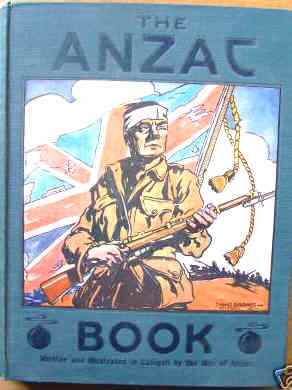
The Anzac Book. Written and Illustrated in Gallipoli by The Men of Anzac. For the benefit of Patriotic Funds connected with the A.& N.Z.A.C. (London, New York, Toronto and Melbourne, 1916). Introduction by Sir W.R. Birdwood, pp. ix-x (ANZAC December 19, 1915). "Editor's Note" by The ANZAC Book Staff (Aegean Sea, December 29, 1915).
"An ANZAC Alphabet" by Henderson is one of the best loved illustrations in the ANZAC Book (pp. 115-18). It is a 4 page rhyming poem based upon the letters of the alphabet with rather crude illustrations of each letter of the alphabet along with a two line poem which illustrates various aspects of the soldiers' life at Gallipoli. This was not the only ANZAC alphabet which appeared in the ANZAC Book A second one "Another Attempt at an ANZAC Alphabet" (by "Ubique" [Latin for "everywhere"]) appeared a few pages later (pp. 146-47) but it was not illustrated and is less well known. It takes a roughly chronological approach to relating his experiences at Gallipoli and focuses more on the everyday hardships and fear faced by the soldiers.
I will display the Alphabets in three separate posts: a general overview of both; and a separate one for each of the Alphabets. The Henderson Alphabet will contain many images - of each page in the ANZAC Book and then the individual letters of the alphabet.
The Henderson ANZAC Alphabet: An ANZAC Alphabet, by J.W.S. Henderson, R.G.A. [pp. 115-18].
First I will show images of the pages as they appeared in the original book, then images of the individual letters and their accompanying poem. Please see the previous post for a text only version of the poem.



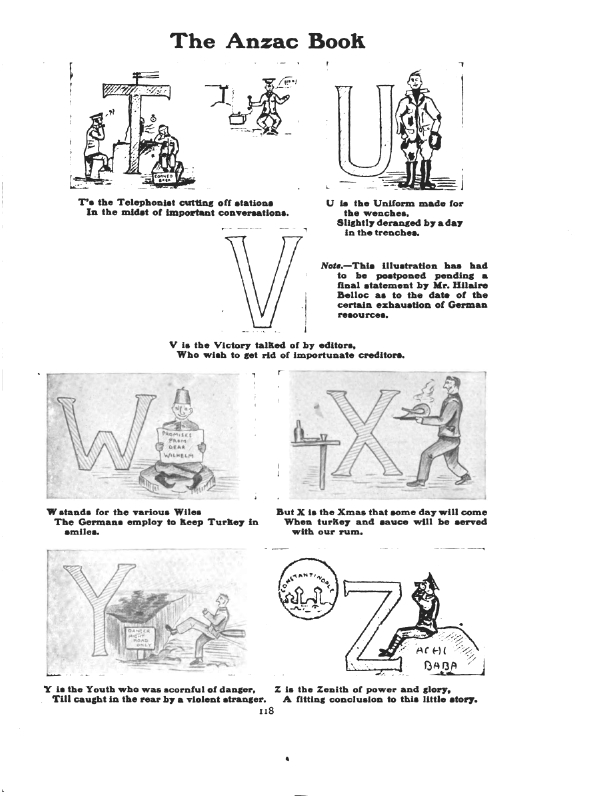
The Individual Letters and their Accompanying Poem
The ANZAC Book (1916): Part IV - Another Attempt at an ANZAC Alphabet (Ubique)

The Anzac Book. Written and Illustrated in Gallipoli by The Men of Anzac. For the benefit of Patriotic Funds connected with the A.& N.Z.A.C. (London, New York, Toronto and Melbourne, 1916). Introduction by Sir W.R. Birdwood, pp. ix-x (ANZAC December 19, 1915). "Editor's Note" by The ANZAC Book Staff (Aegean Sea, December 29, 1915).
"An ANZAC Alphabet" by Henderson is one of the best loved illustrations in the ANZAC Book (pp. 115-18). It is a 4 page rhyming poem based upon the letters of the alphabet with rather crude illustrations of each letter of the alphabet along with a two line poem which illustrates various aspects of the soldiers' life at Gallipoli. This was not the only ANZAC alphabet which appeared in the ANZAC Book A second one "Another Attempt at an ANZAC Alphabet" (by "Ubique" [Latin for "everywhere"]) appeared a few pages later (pp. 146-47) but it was not illustrated and is less well known. It takes a roughly chronological approach to relating his experiences at Gallipoli and focuses more on the everyday hardships and fear faced by the soldiers.
I will display the Alphabets in three separate posts: a general overview of both; and a separate one for each of the Alphabets. The Henderson Alphabet will contain many images - of each page in the ANZAC Book and then the individual letters of the alphabet.
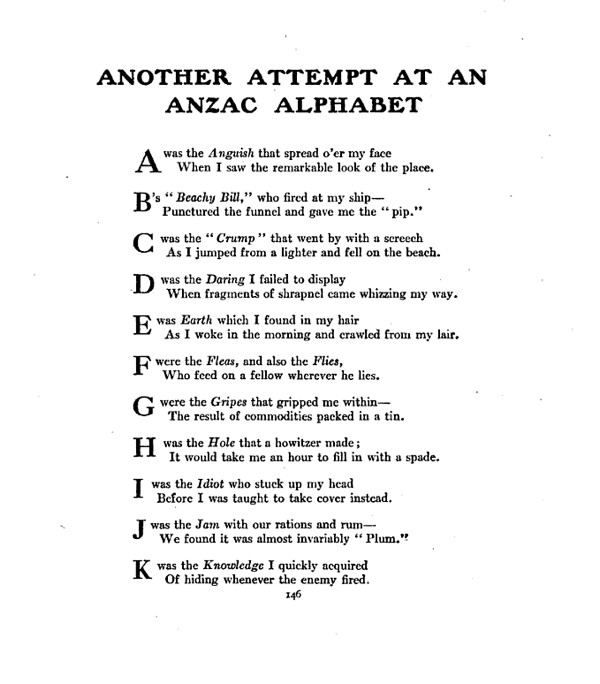

Another Attempt at an ANZAC Alphabet (by "Ubique," 21st Indian Mtn. Battery) [pp. 146-47].
A was the Anguish that spread o'er my face
When I saw the remarkable look of the place.
B's "Beachy Bill," who fired at my ship -
Punctured the funnel and gave me the "pip."
C was the"Crump" that went by with a screech
As I jumped from a lighter and fell on the beach.
D was the Daring I failed to display
When fragments of shrapnel came whizzing my way.
E was the Earth which I found in my hair
As I woke in the morning and crawled from my lair.
F were the Fleas, and also the Flies,
Who feed on a fellow wherever he lies.
G were the gripes that gripped me within -
The result of commodities packed in a tin.
H was the Hole that a howitzer made;
It would take me an hour to fill in with a spade.
I was the Idiot who stuck up my head
Before I was taught to take cover instead.
J was the Jam with our rations and rum -
We found it was almost invariably "Plum."
K was the Knowledge I quickly acquired
Of hiding whenever the enemy fired.
L was the Louse that lurked in my vest,
Reconnoitred my peson and tickled my chest.
M was the Monitor, firing at night,
Which kept me awake when “above” didn’t bite.
N was the “Night stunt,” with trembling heart,
Expecting each moment the Maxims would start.
O’s the 0.0. (Ordnance Officer); let’s give him a cheer—
It isn’t his fault that nothing comes here.
P are the Piers—see them shiver and shake
Whenever a launch makes a wash with her wake.
Q stands for “Quick,” to the tunnel we dash
When a horrible missile explodes with a crash.
R are the Rumours we hear every day
That the Turkish moral has quite faded away.
S is the gilded Staff Officer—who
Censors my letters and tears them in two.
T is the Taube that drones in the sky
(Thank goodness, I haven’t been ordered to fly!)
U is the Underground sap we expand—
There’s a twopenny tube to the Narrows in hand.
V is for Victory. How we shall sing
Rule, O Britannia, and God Save the King!
W the Wire we put round our works-
We generally find that it’s pinched by the Turks.
X the “X-periments” made with a bomb—
A neat little cross on a nice little tomb.
Y in the world have I ever been placed
In a trench of cold water right up to my waist?
Z is the mule corps recruited from Zion,
Bearers of water and rations of iron.
"Ubique," 21st Indian Mtn. Battery.

